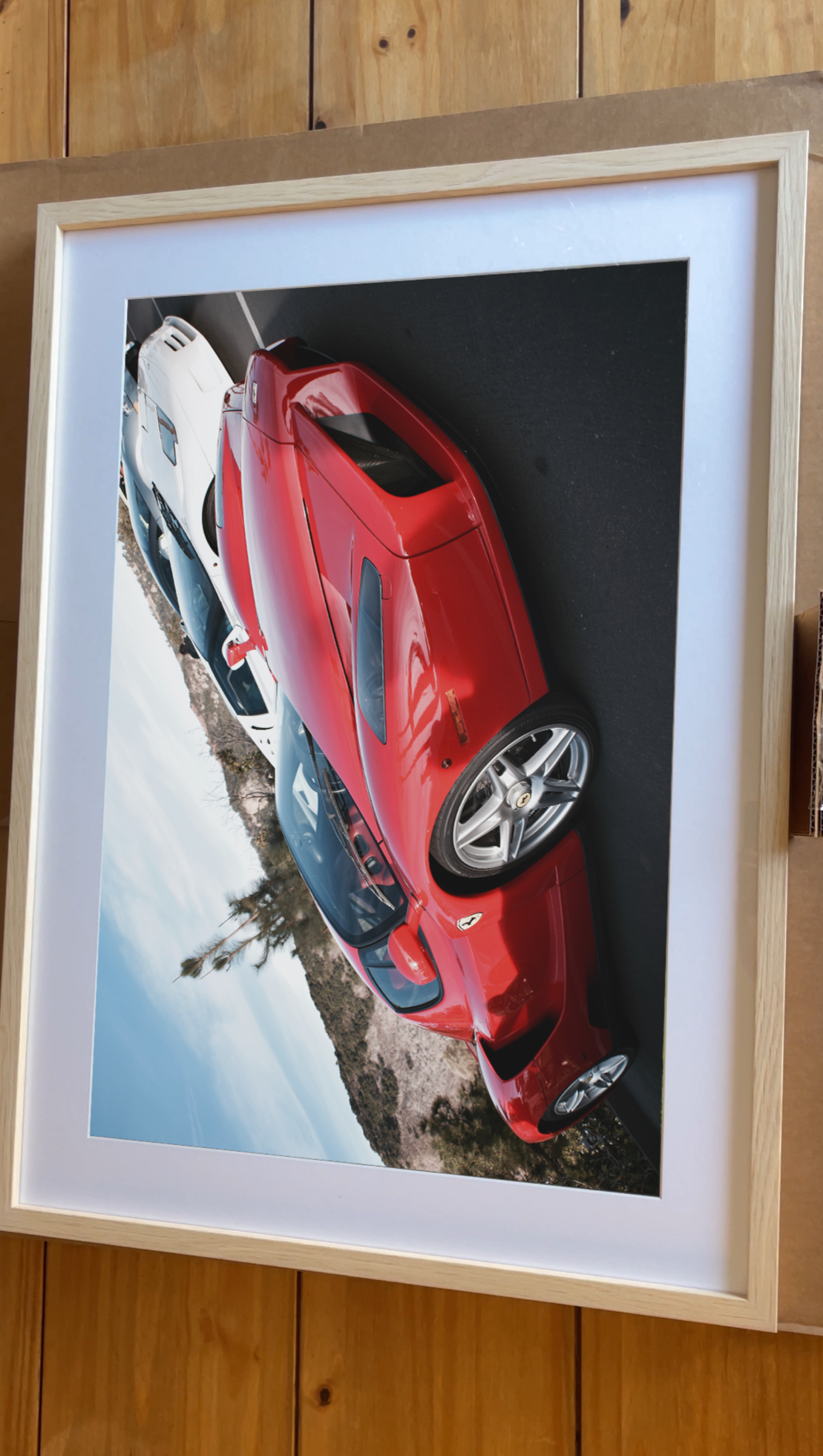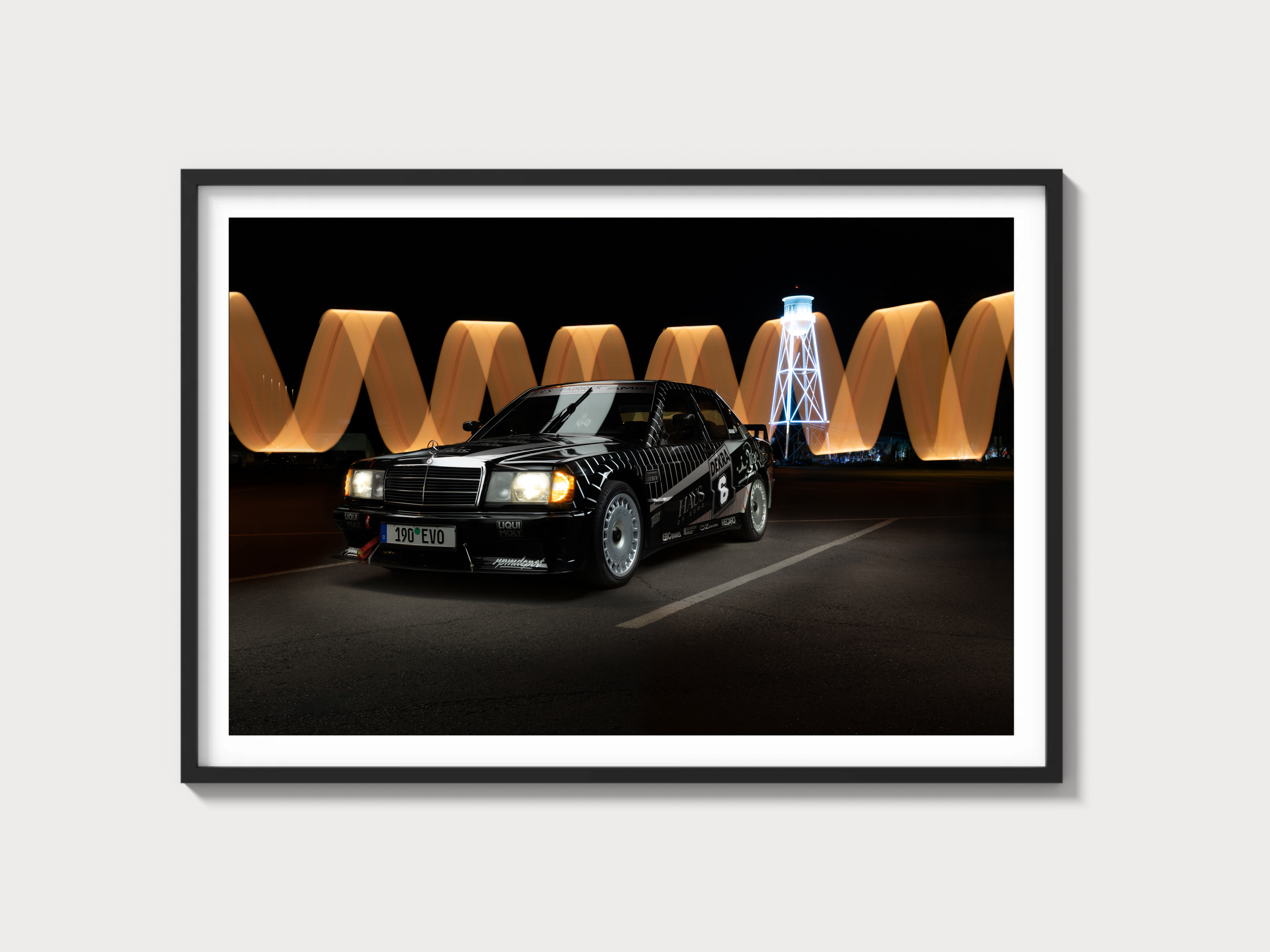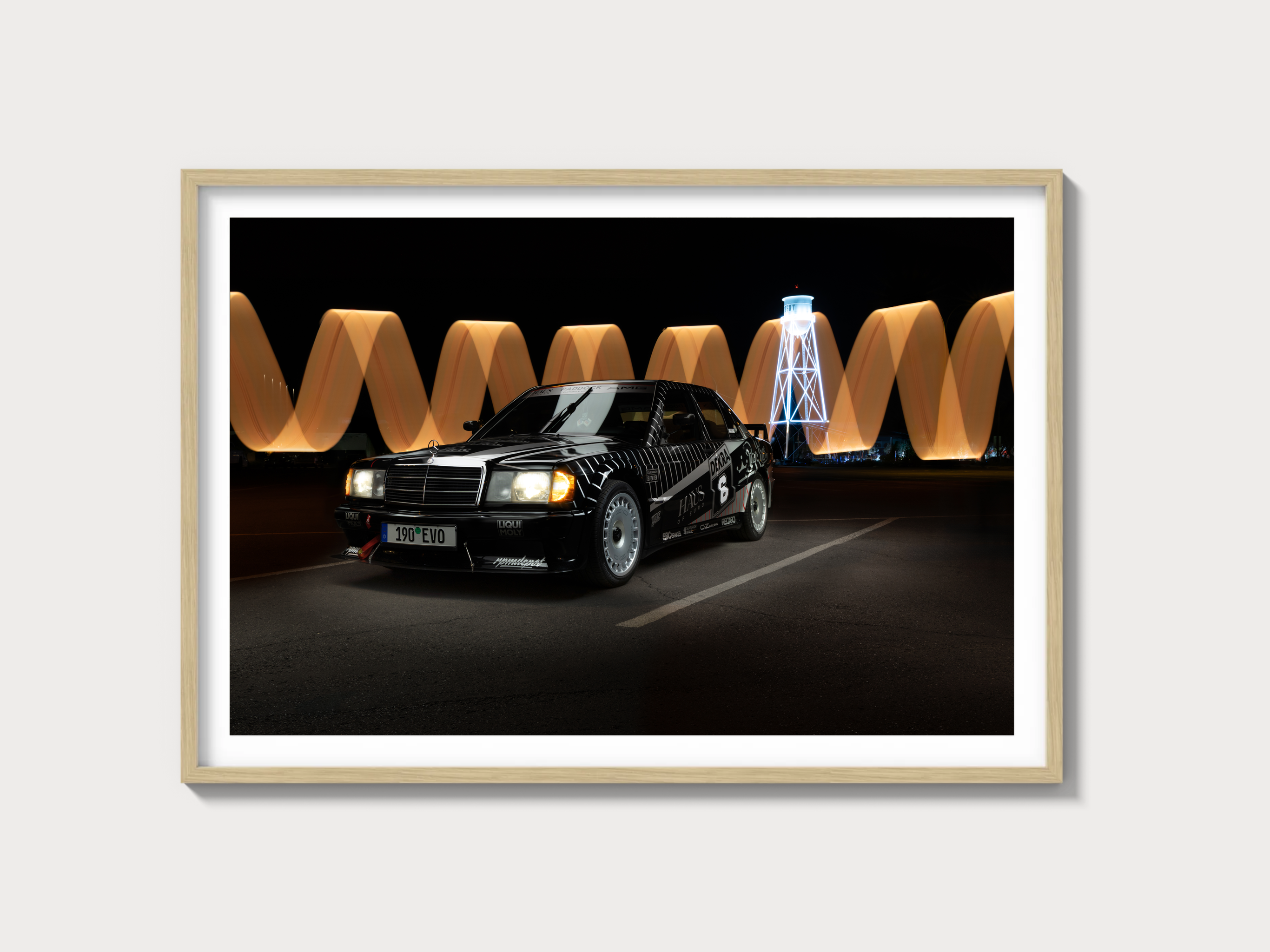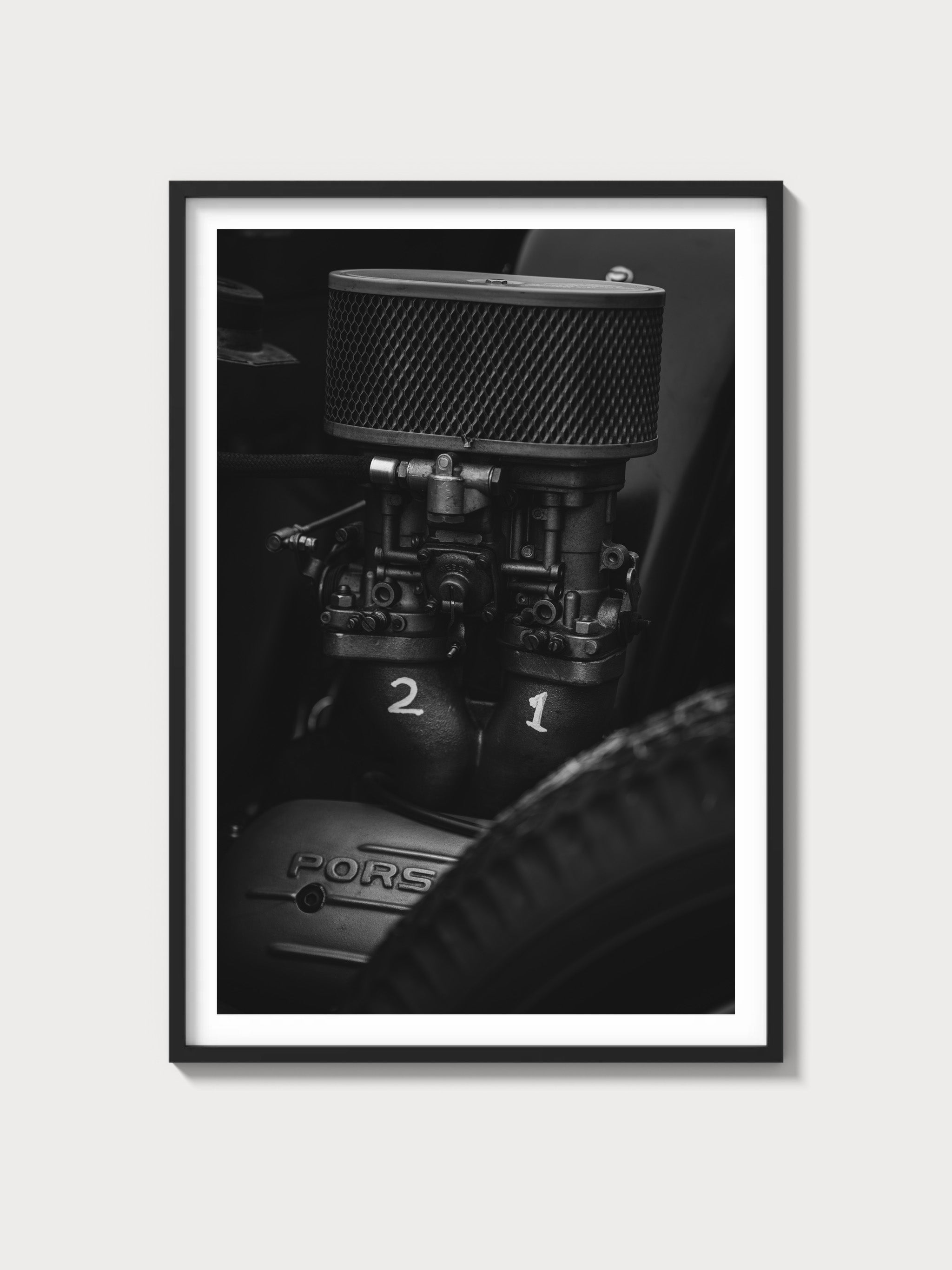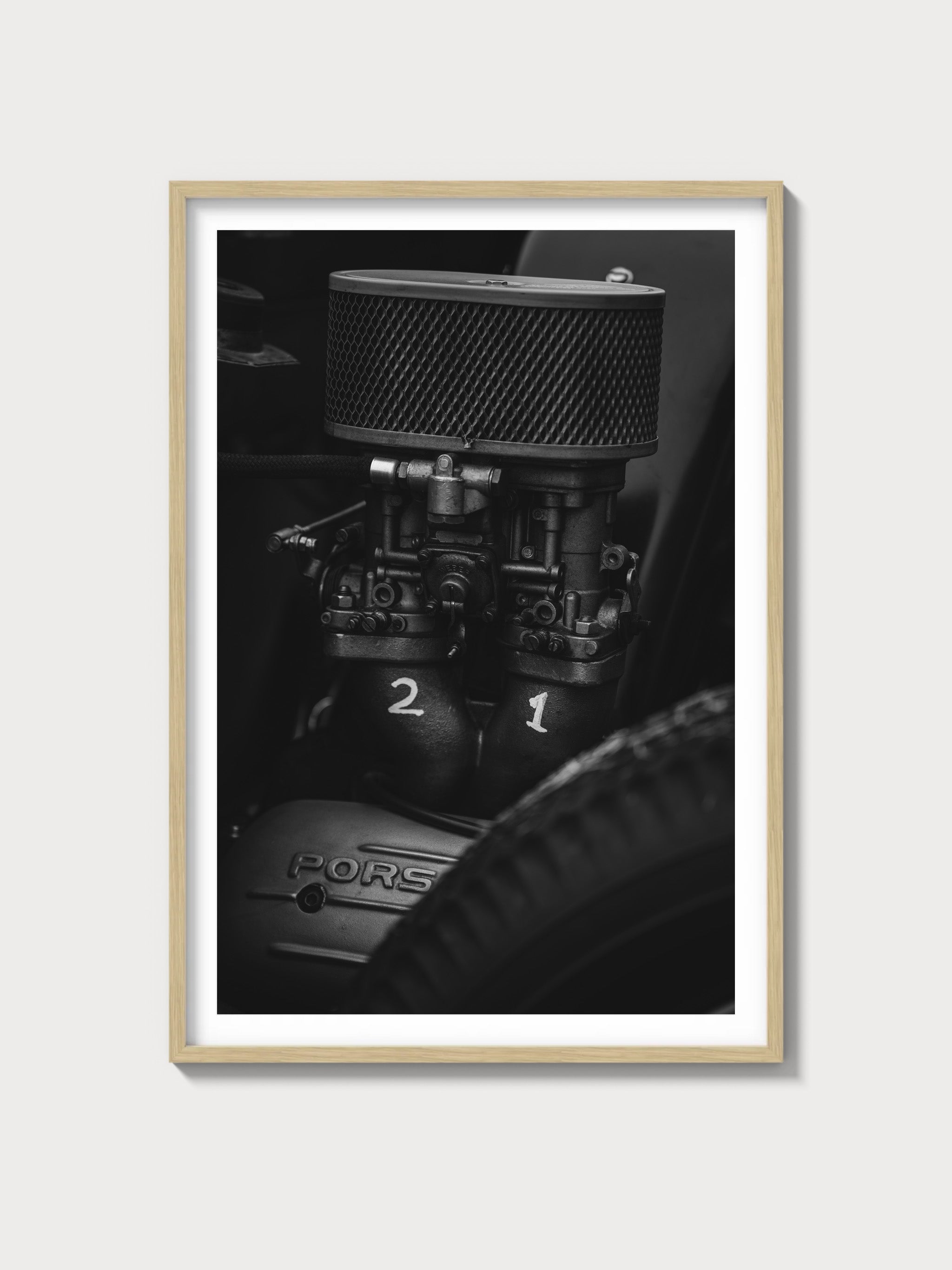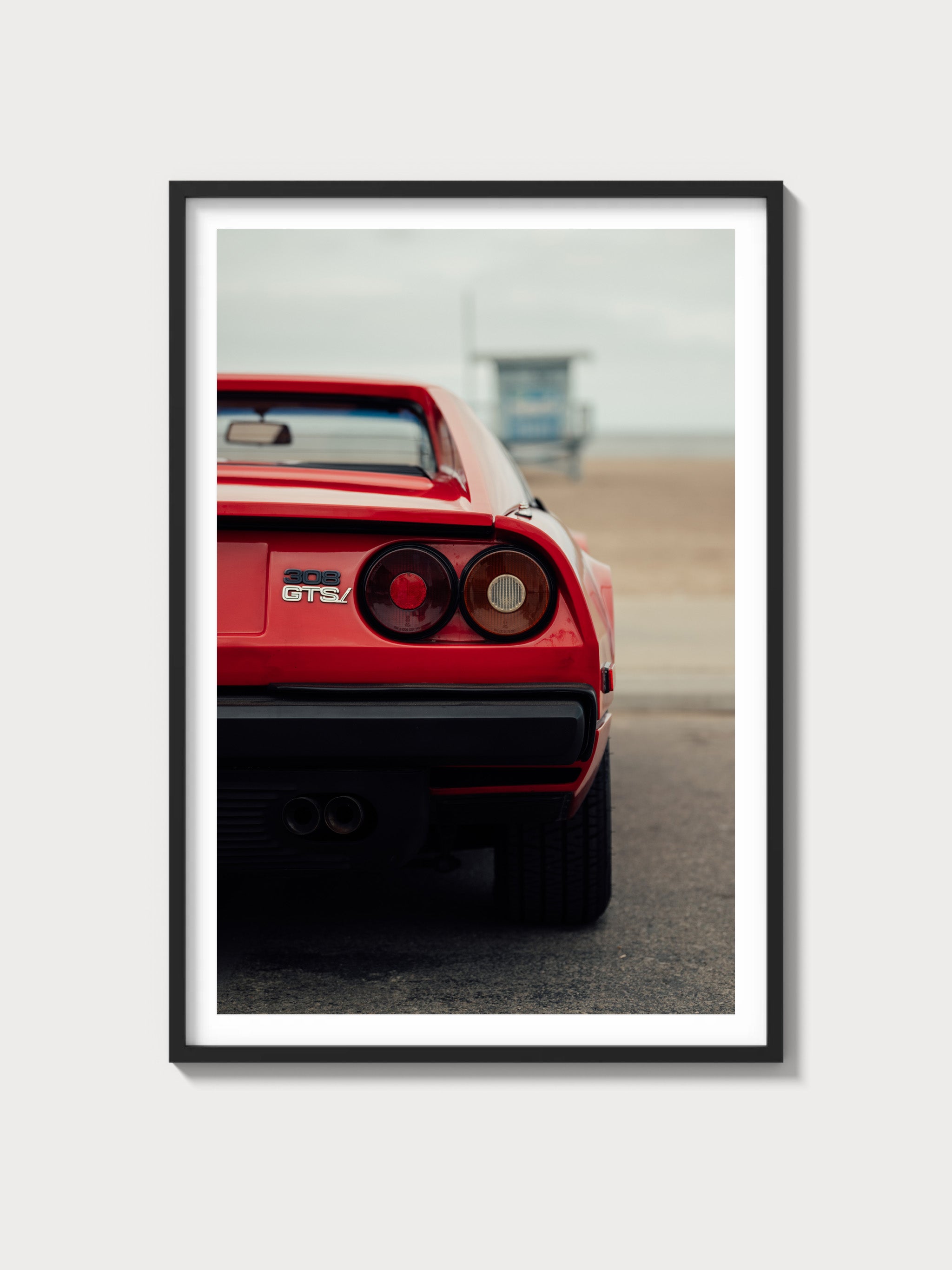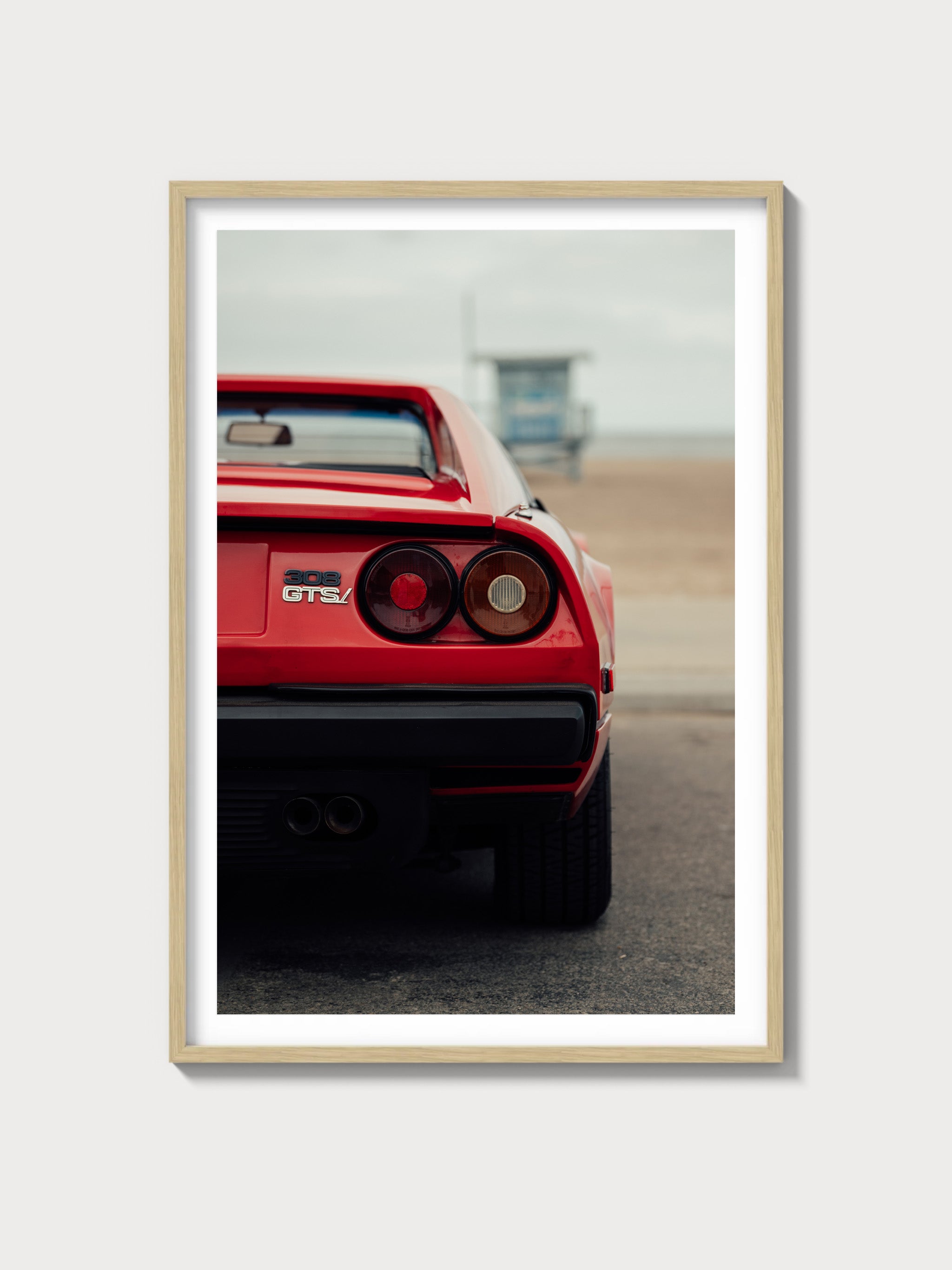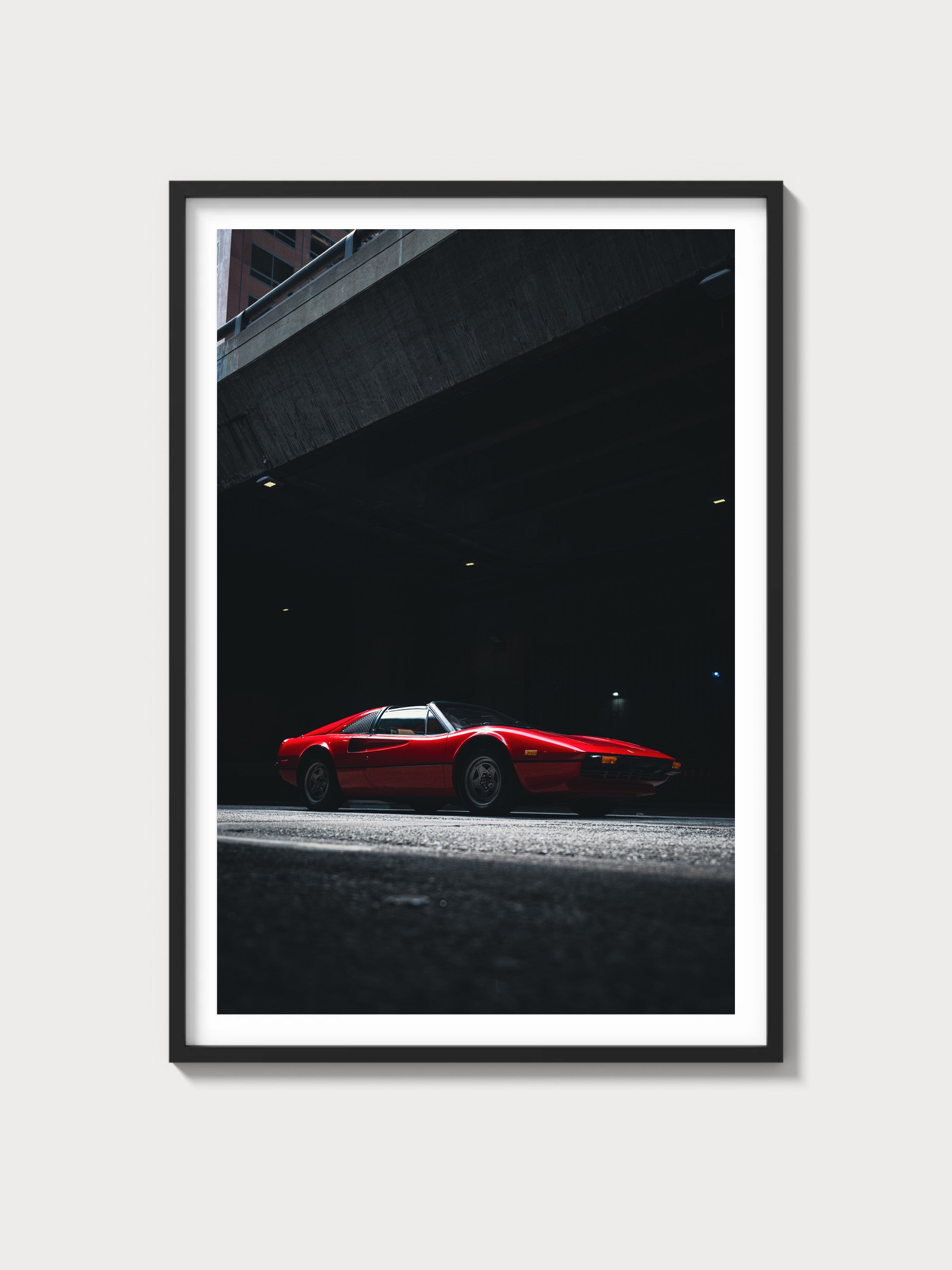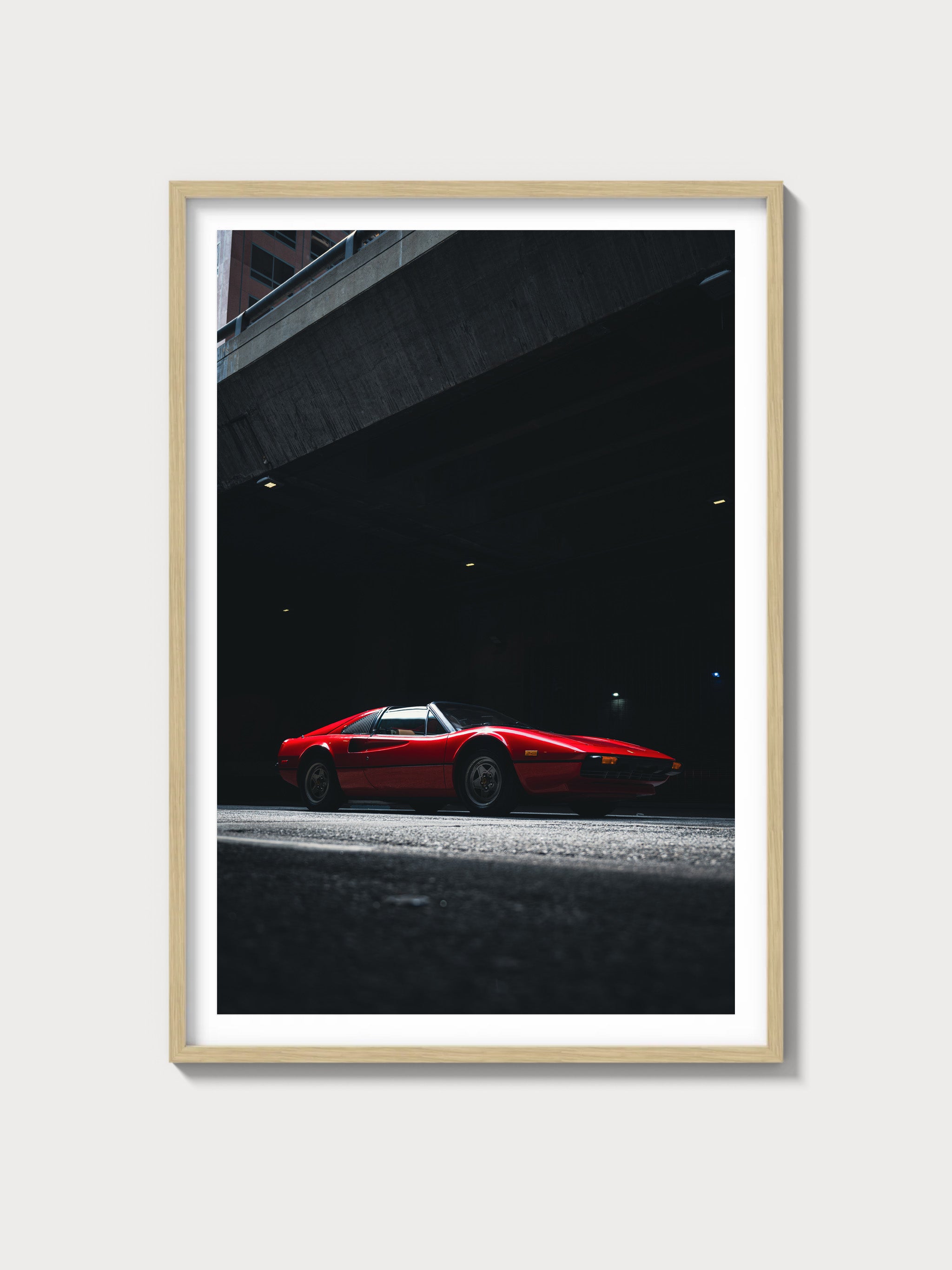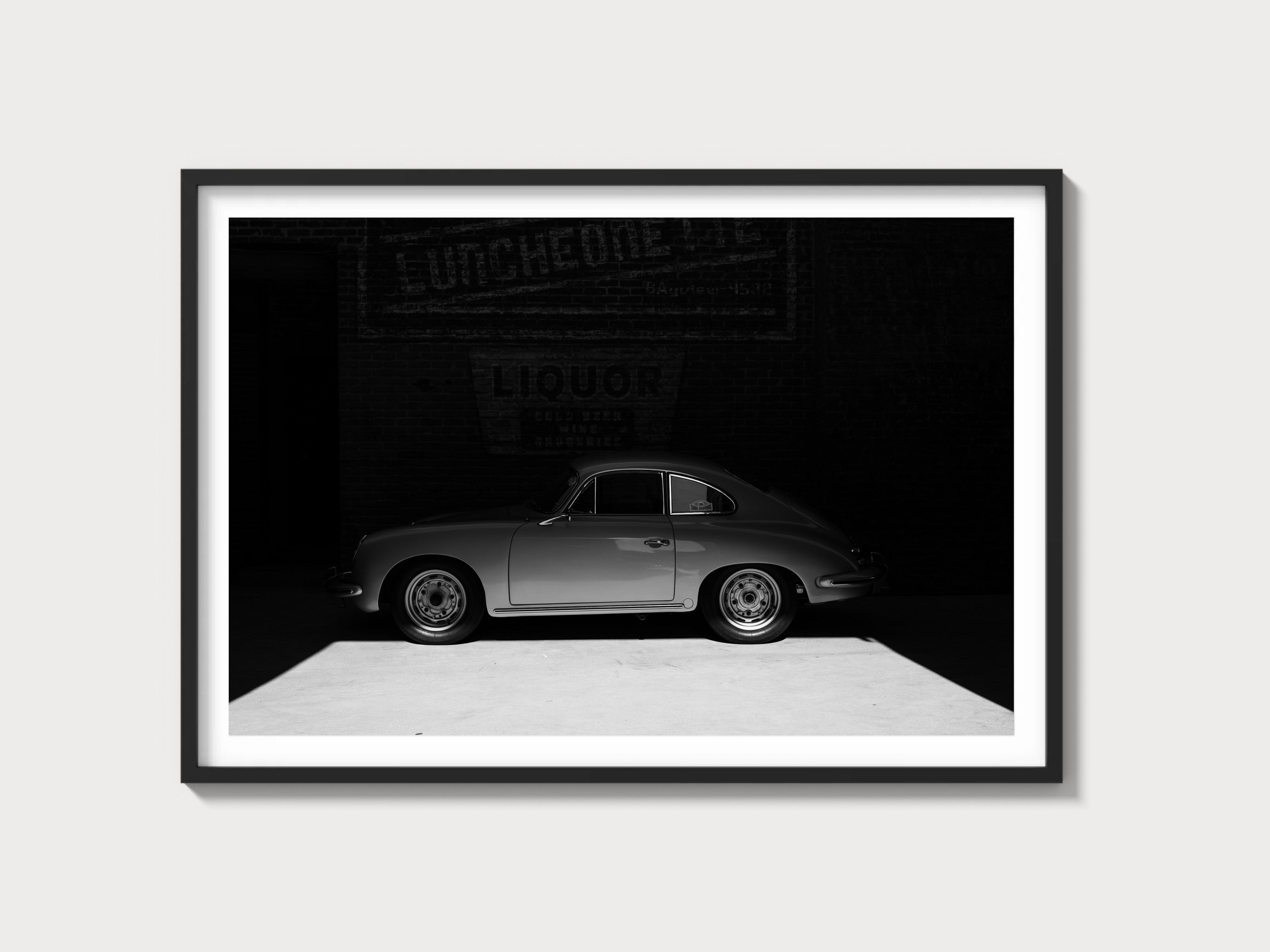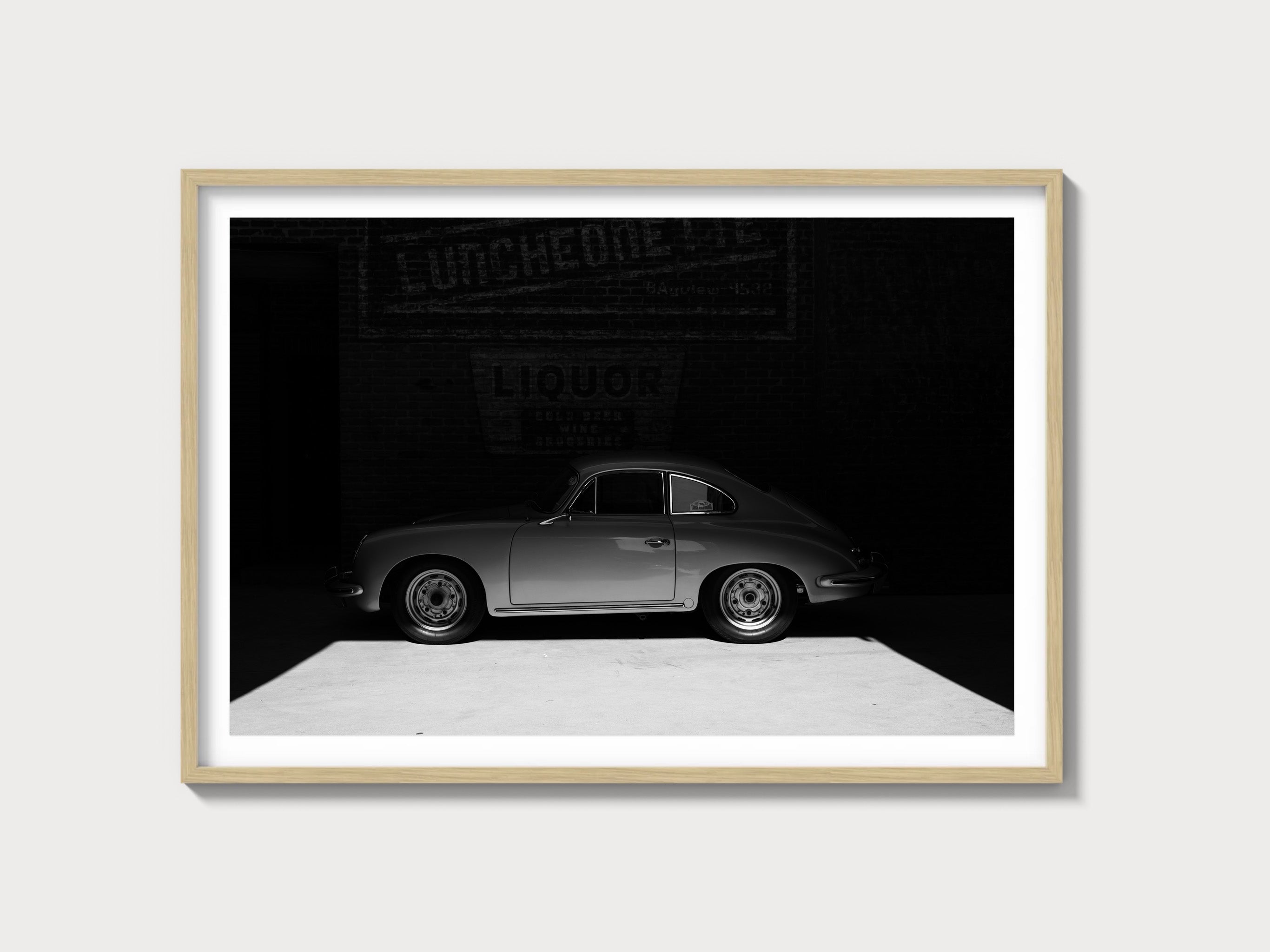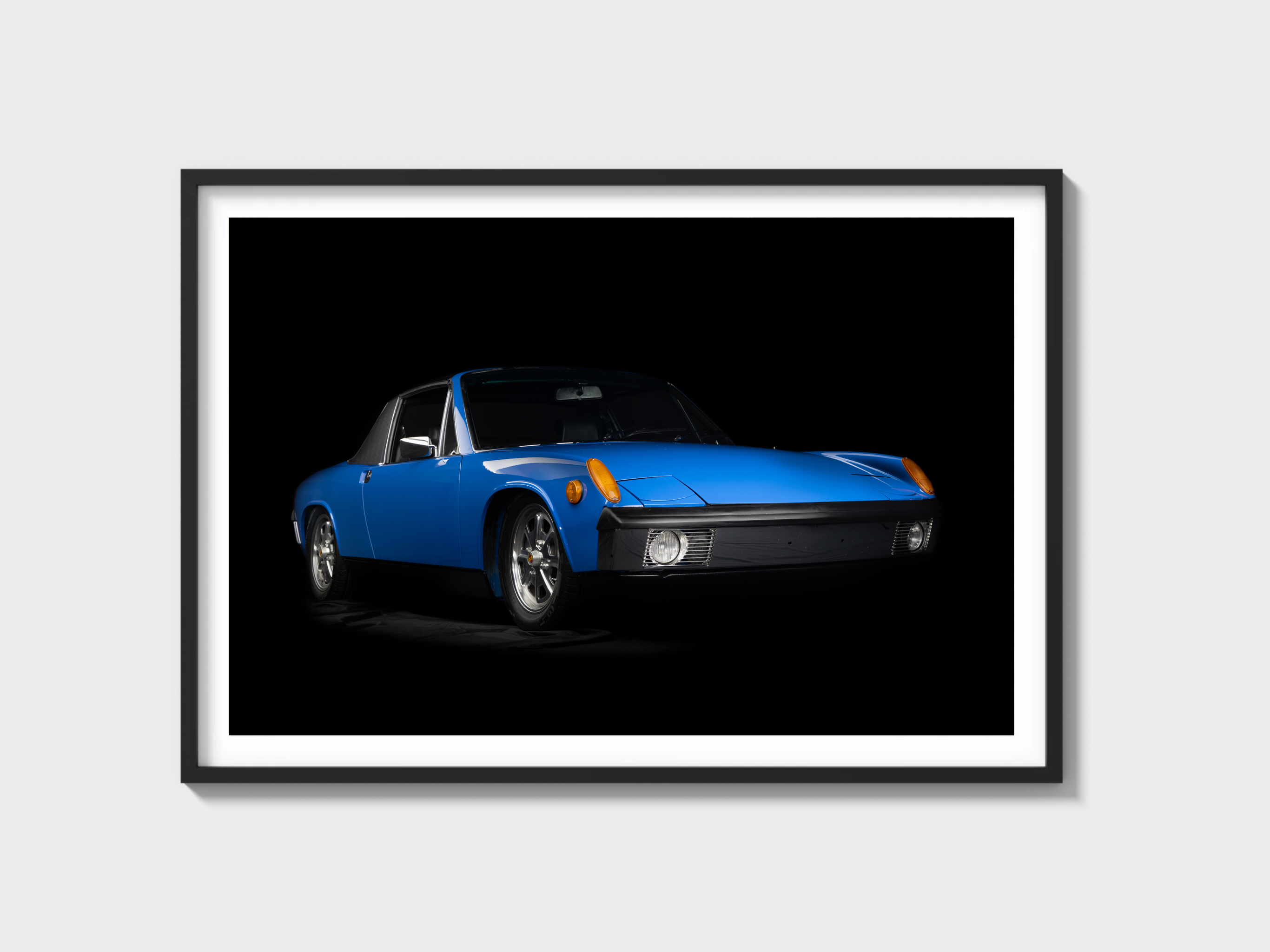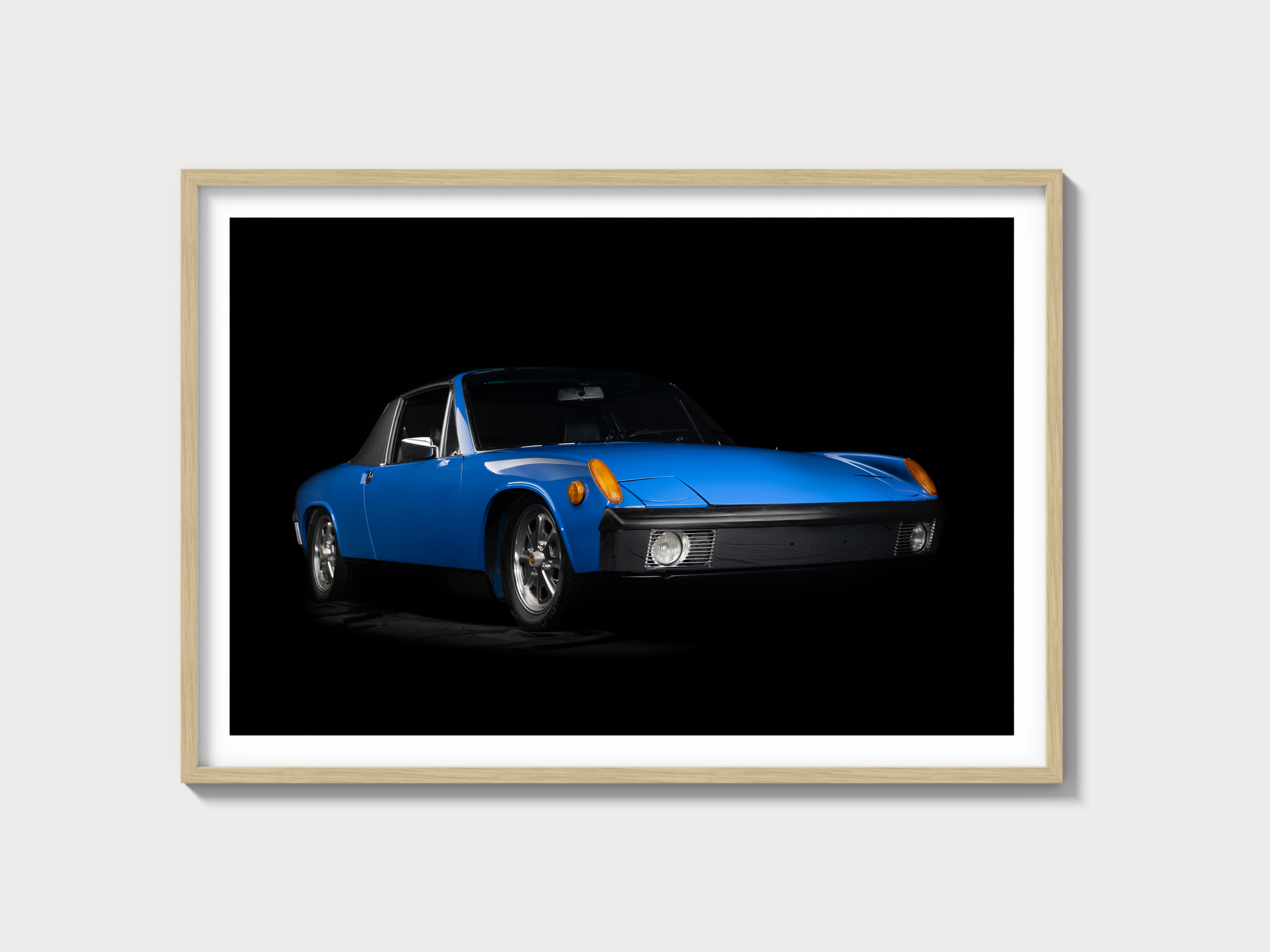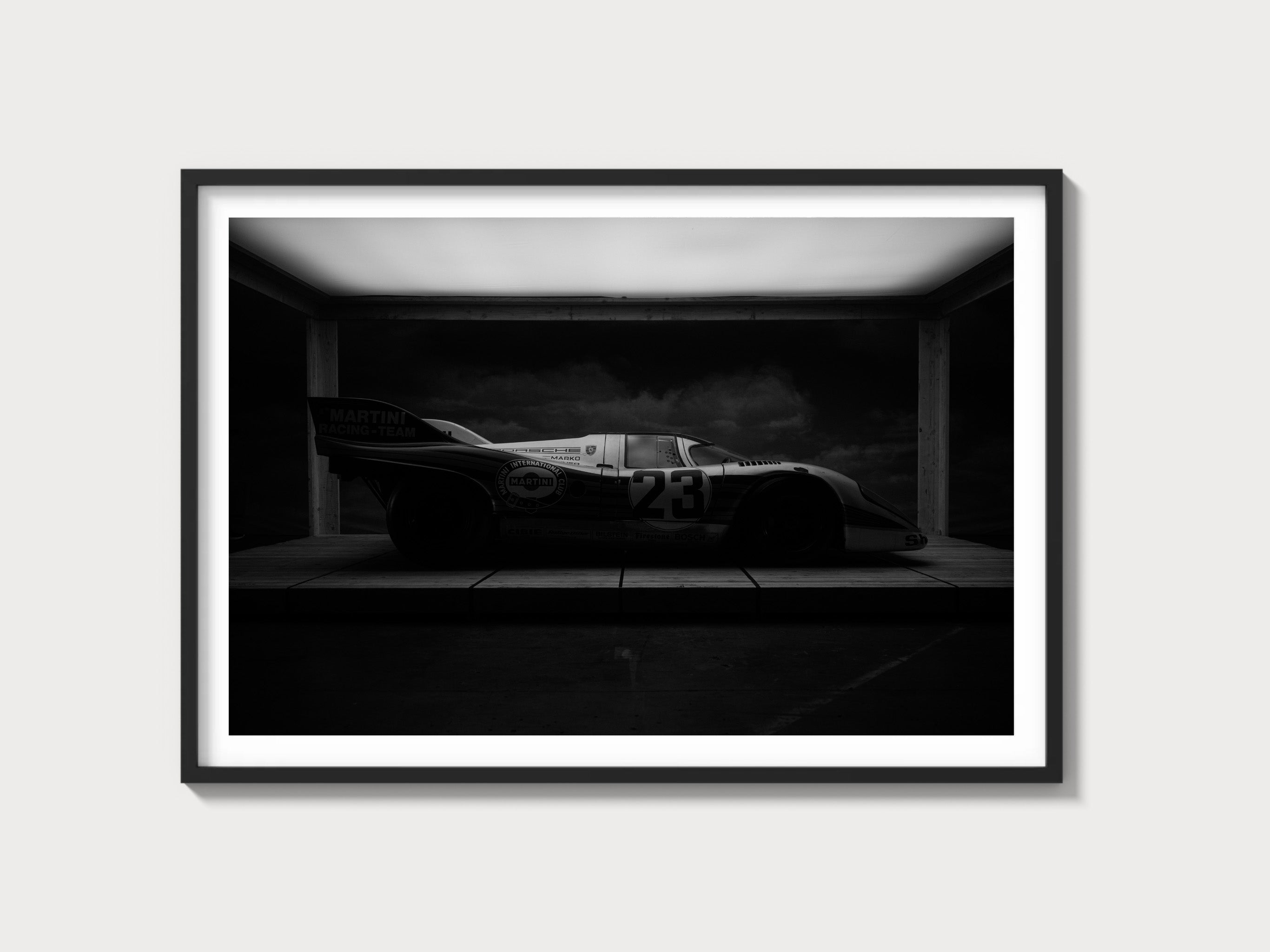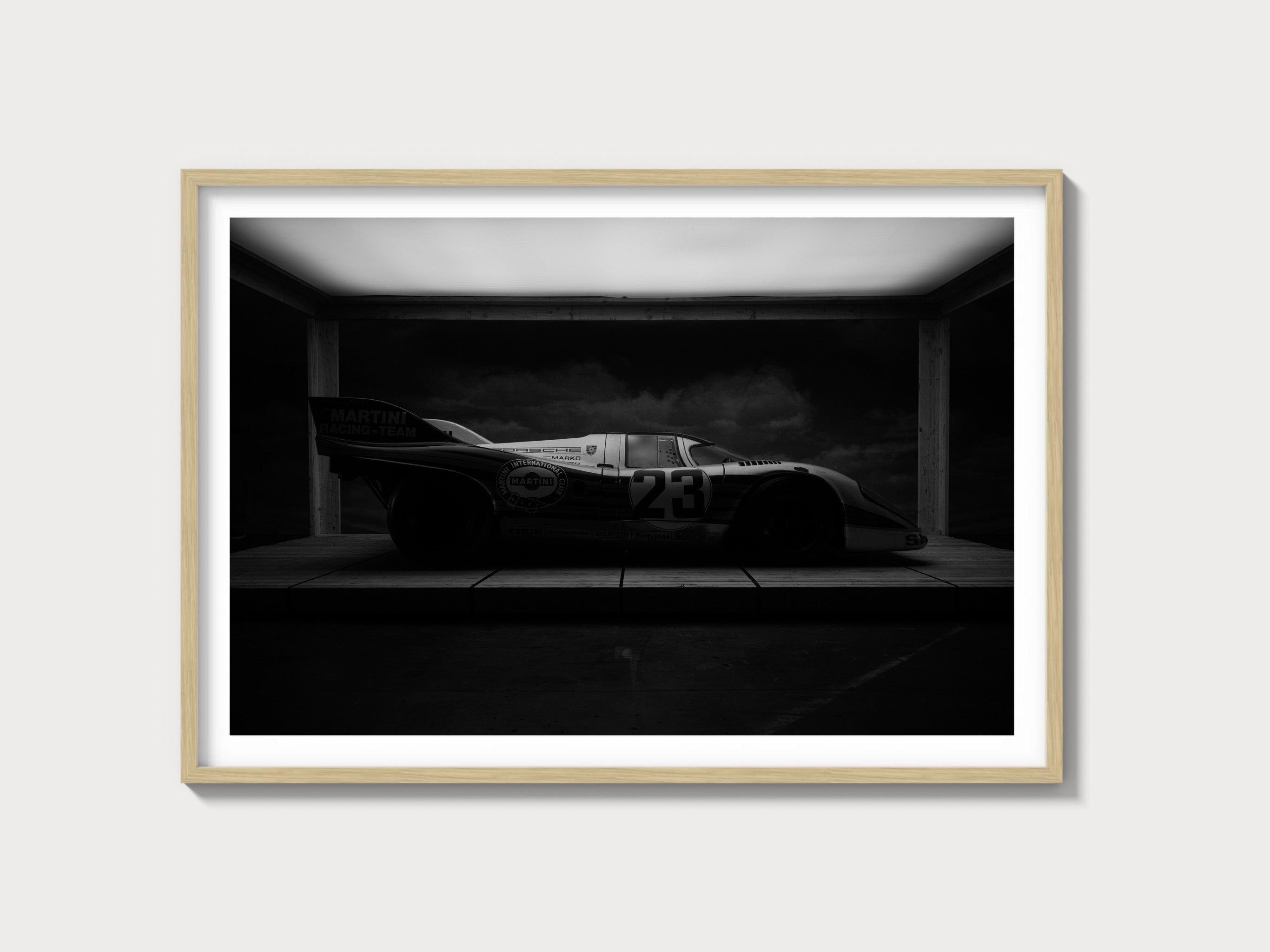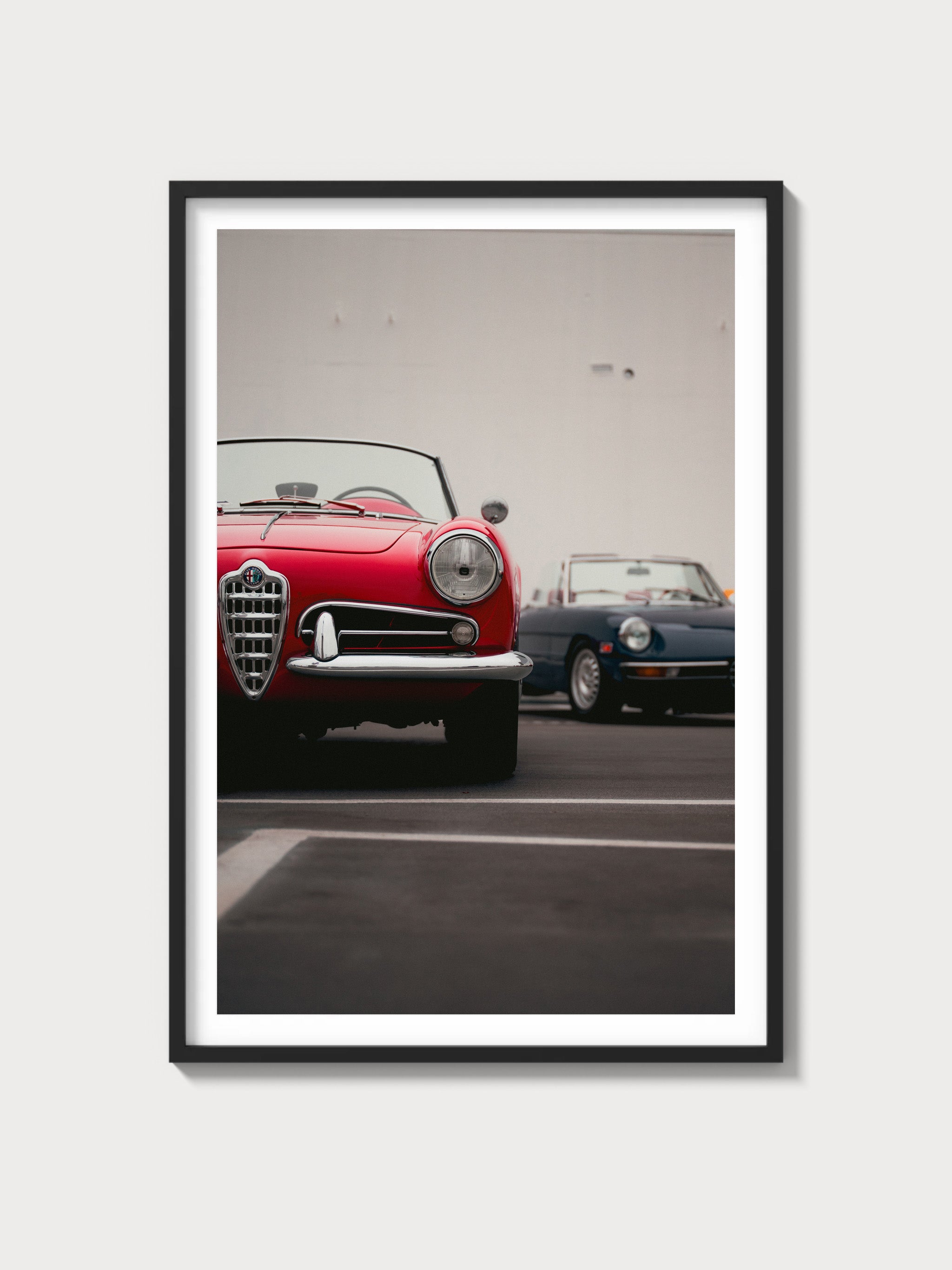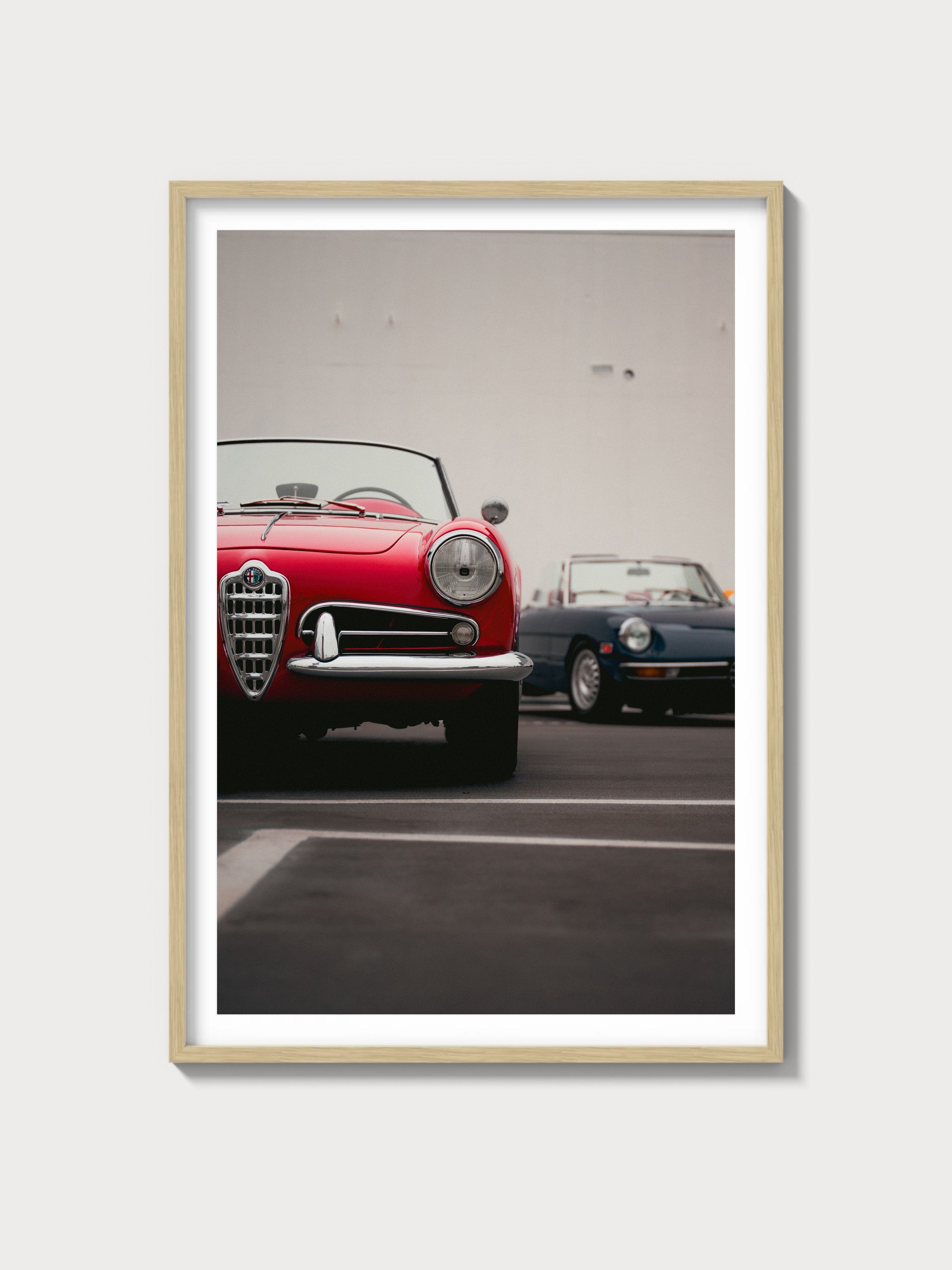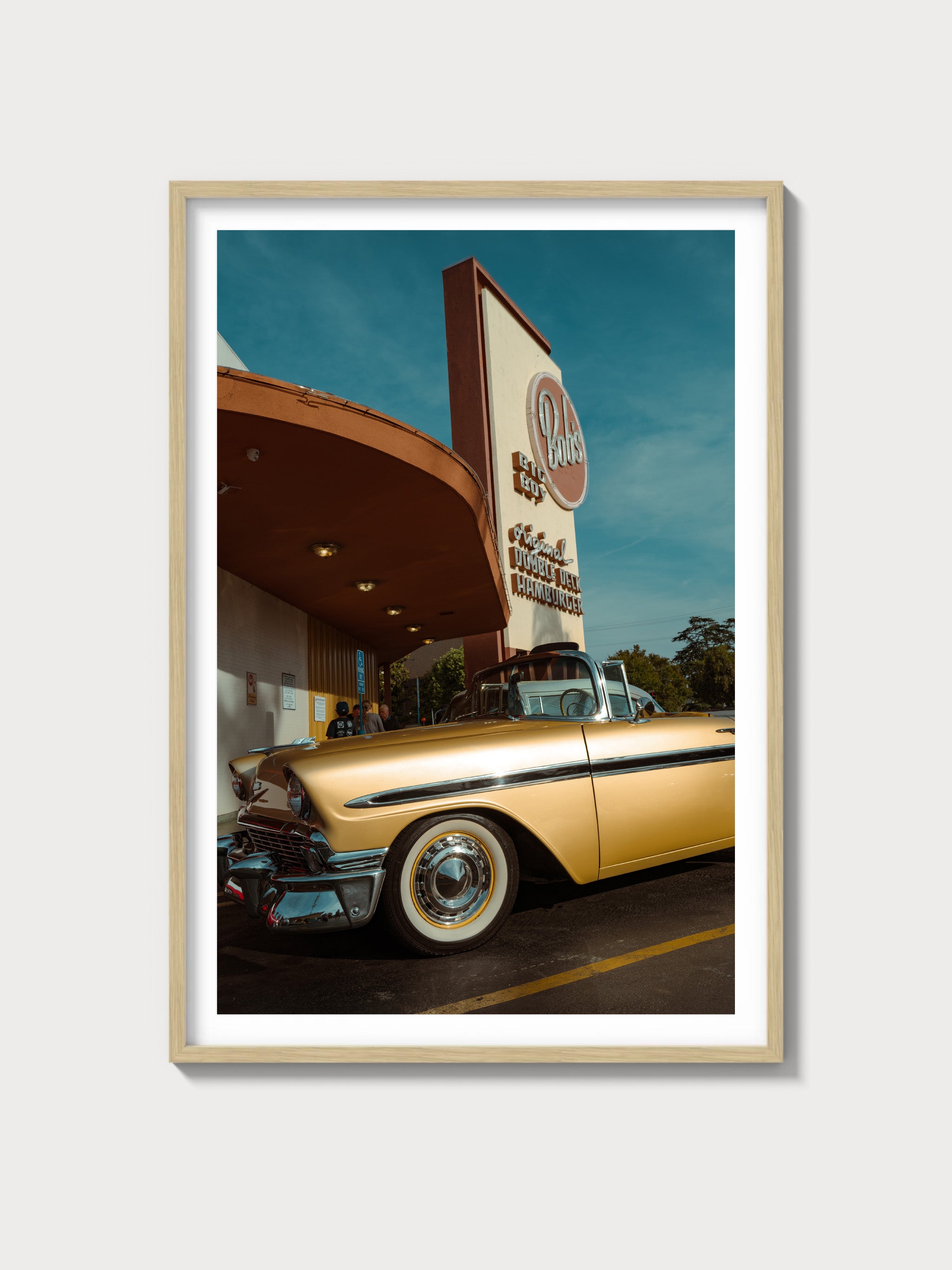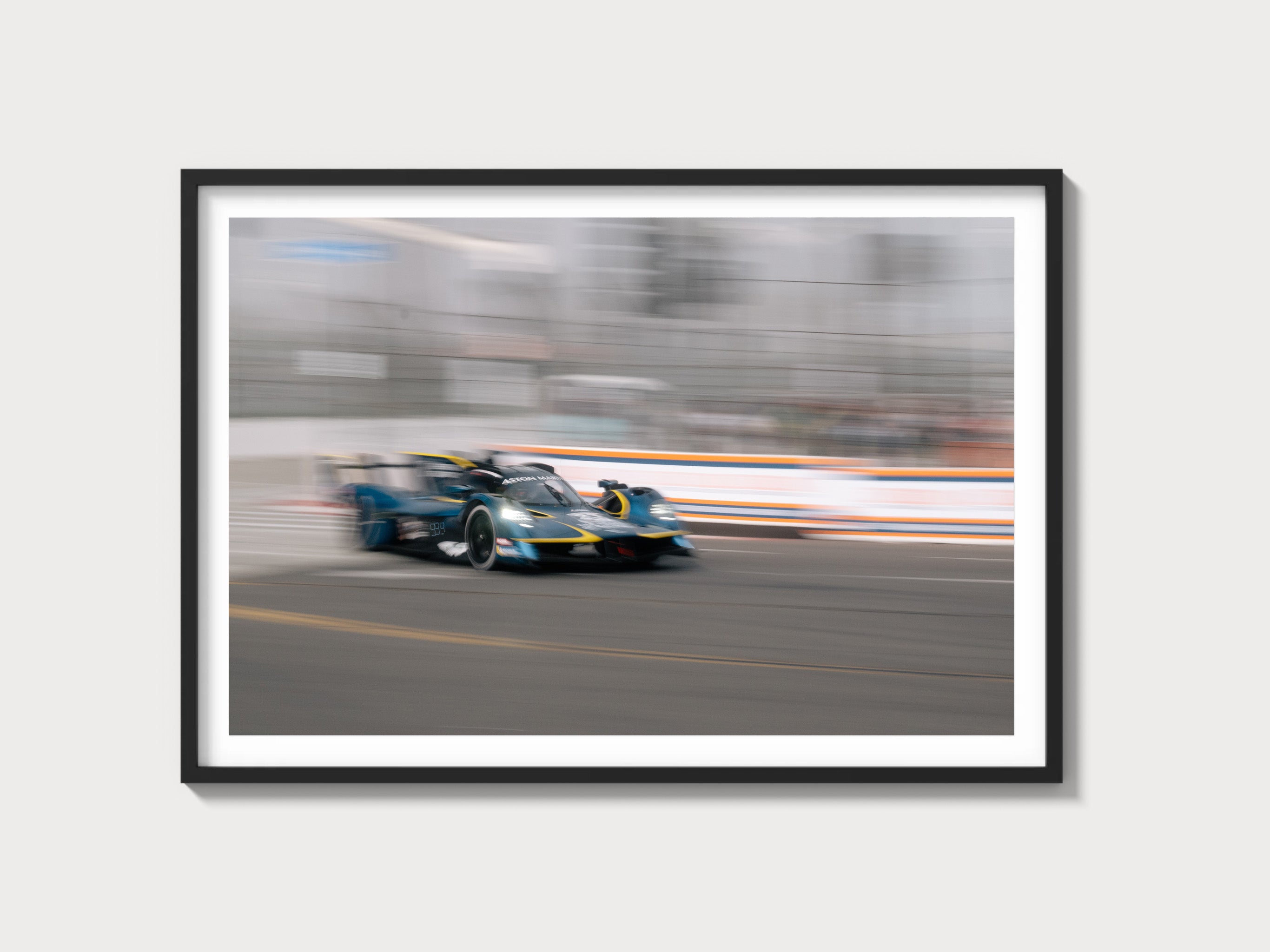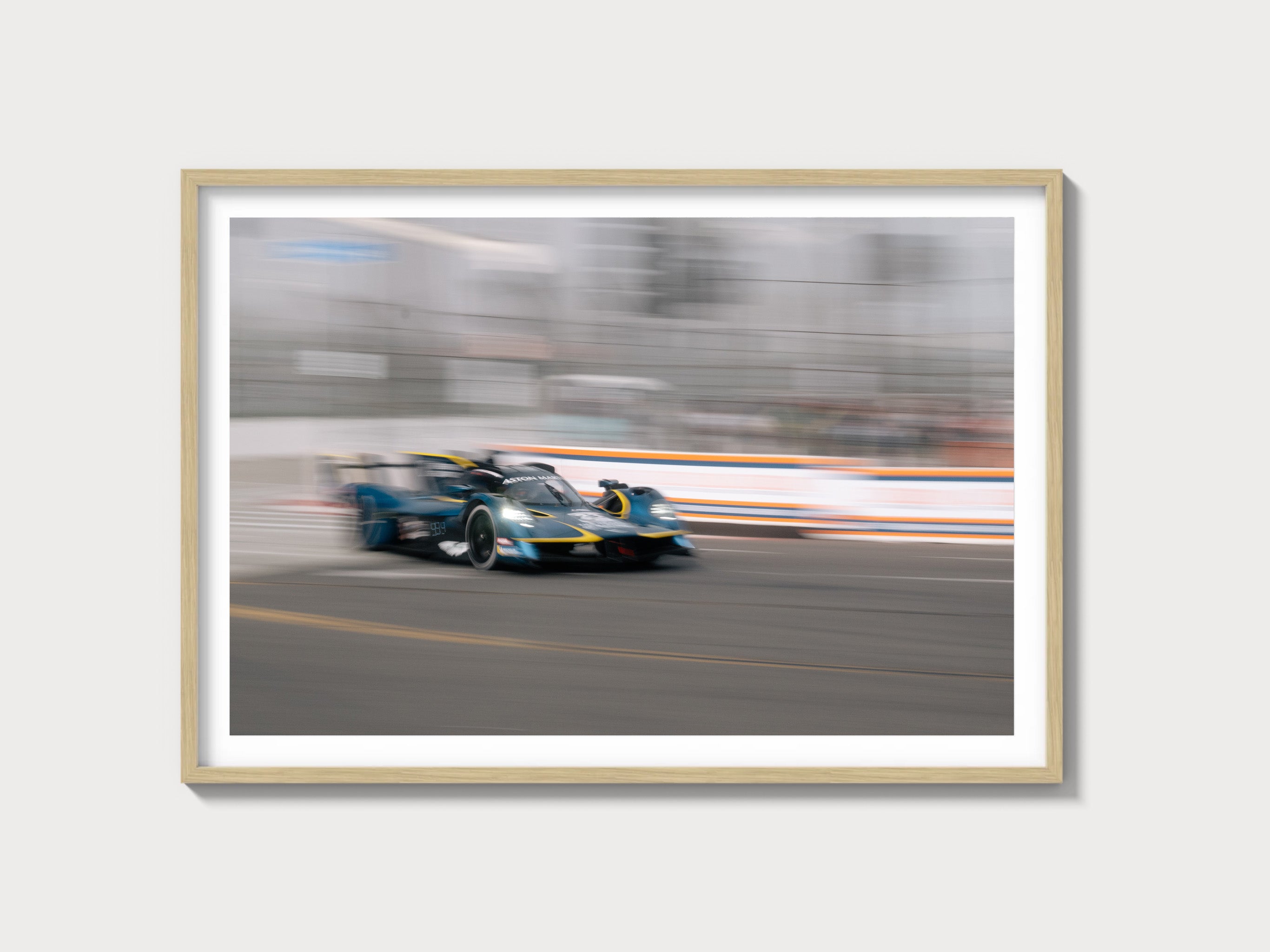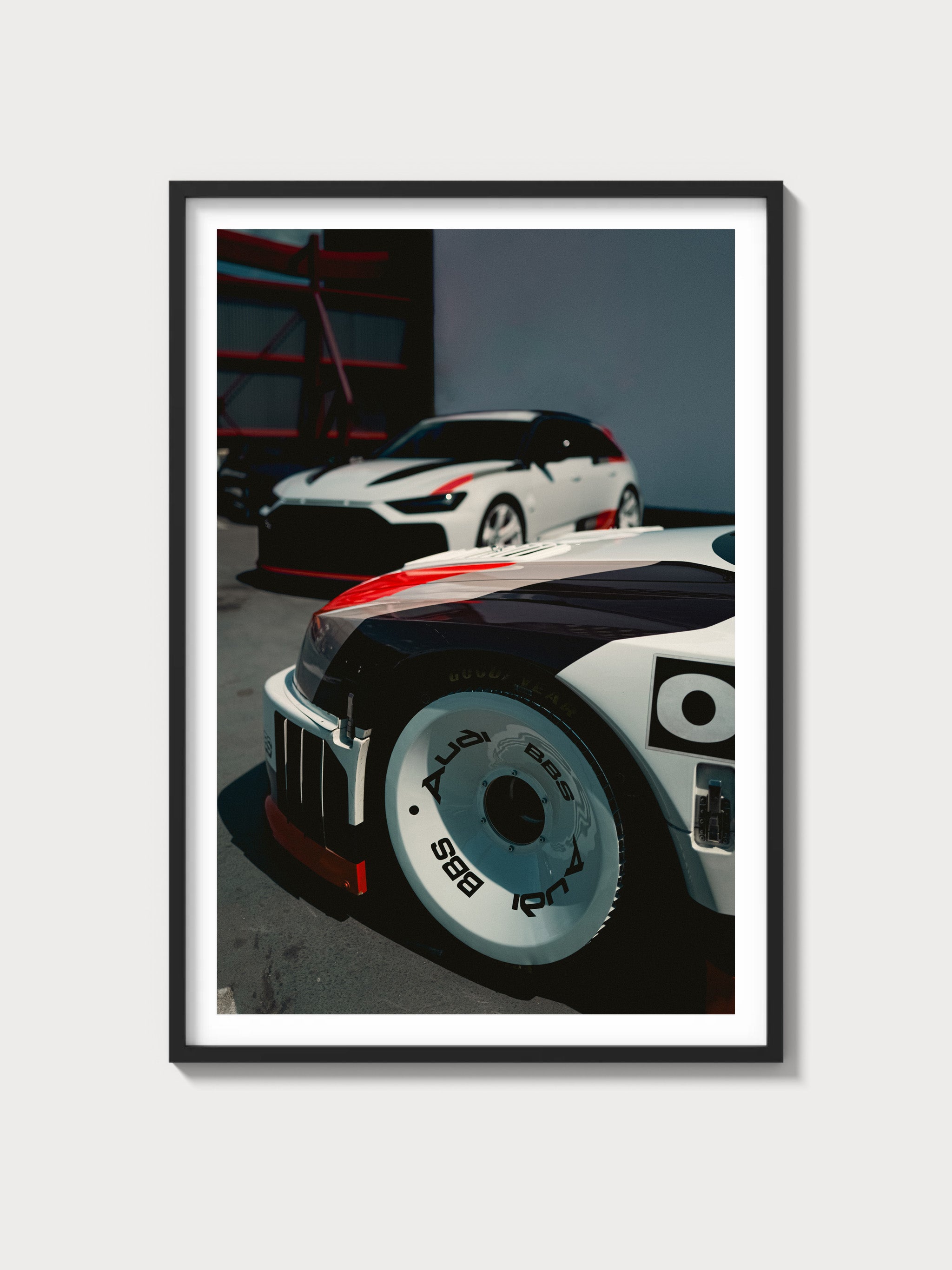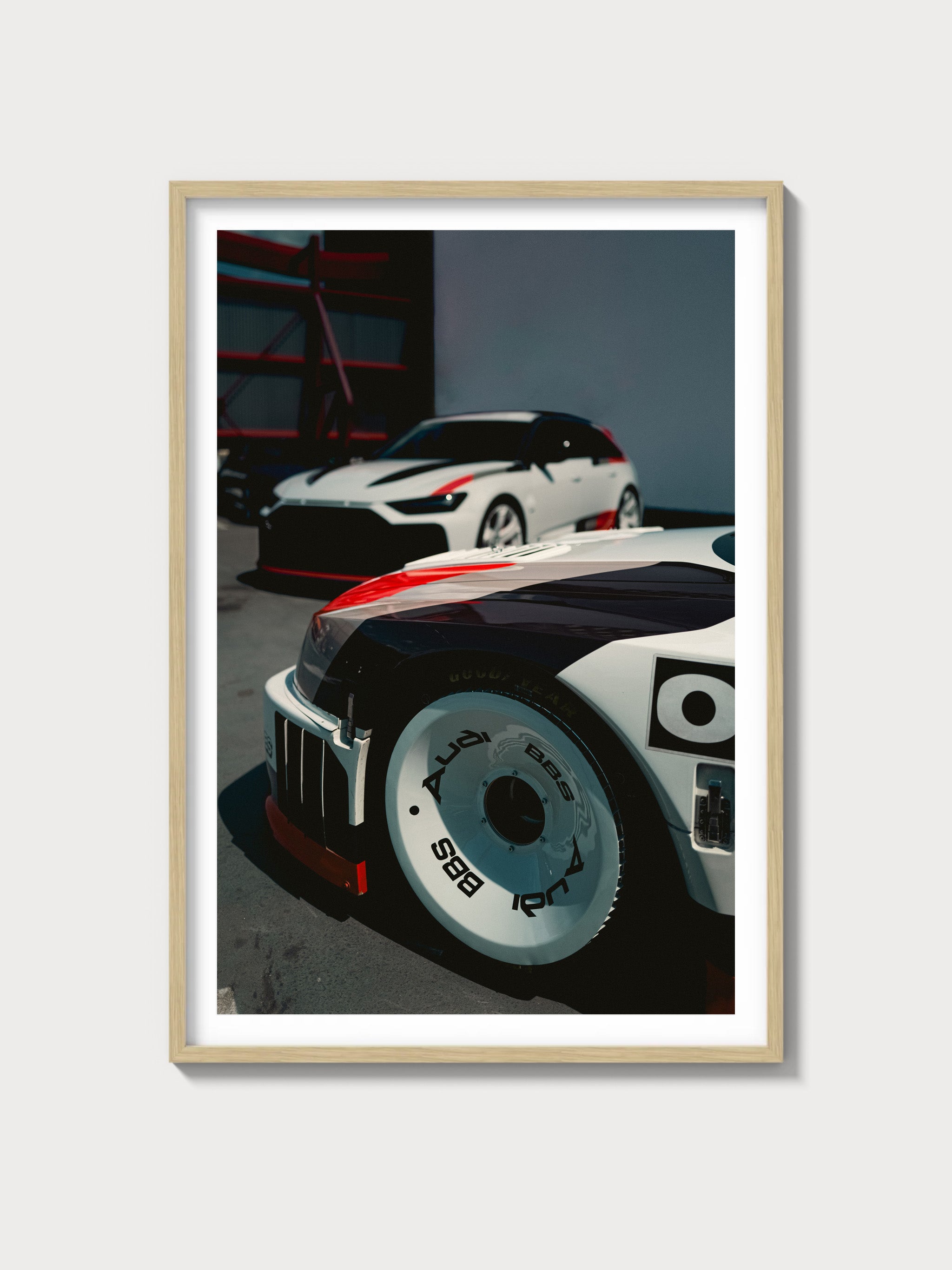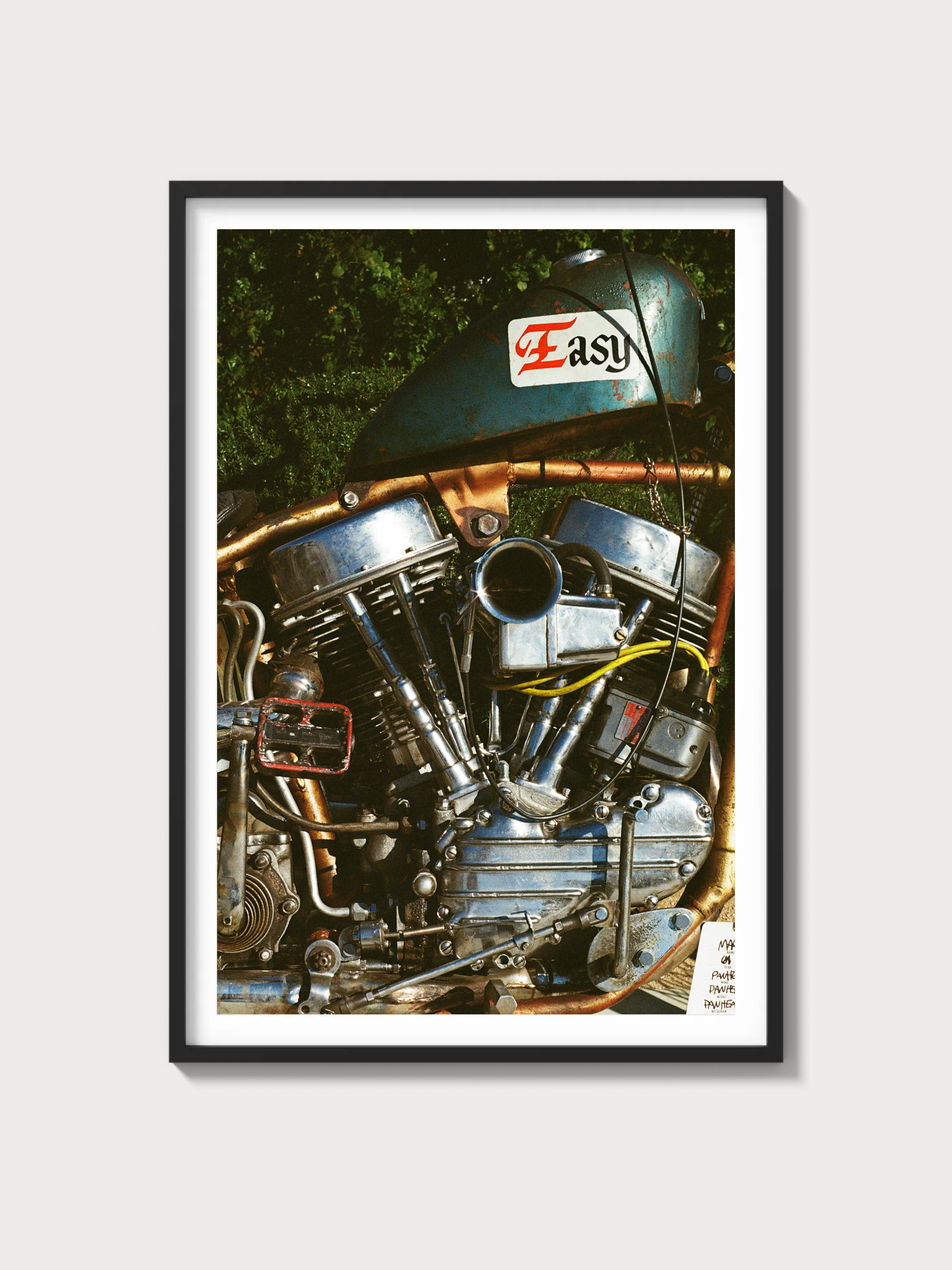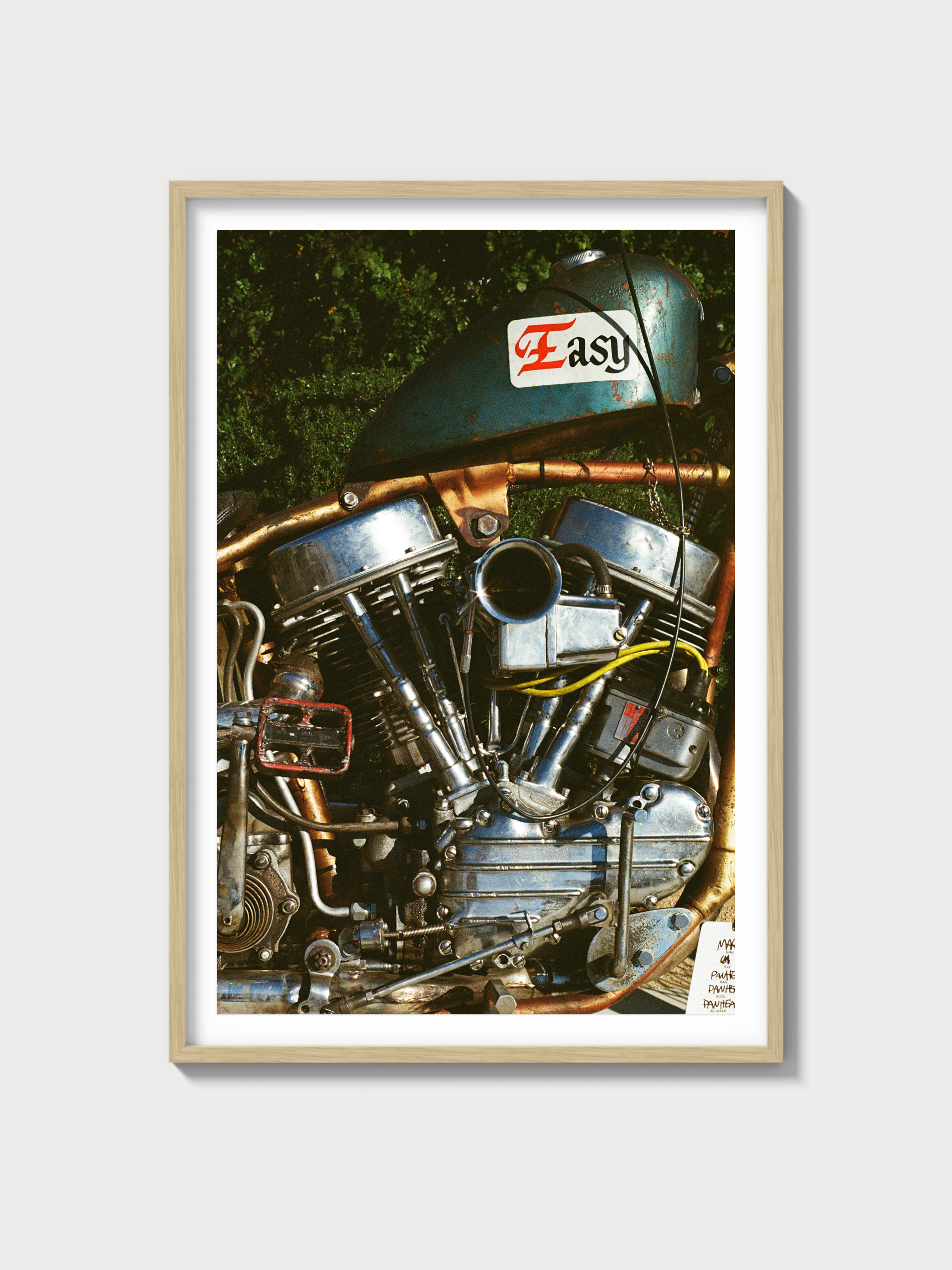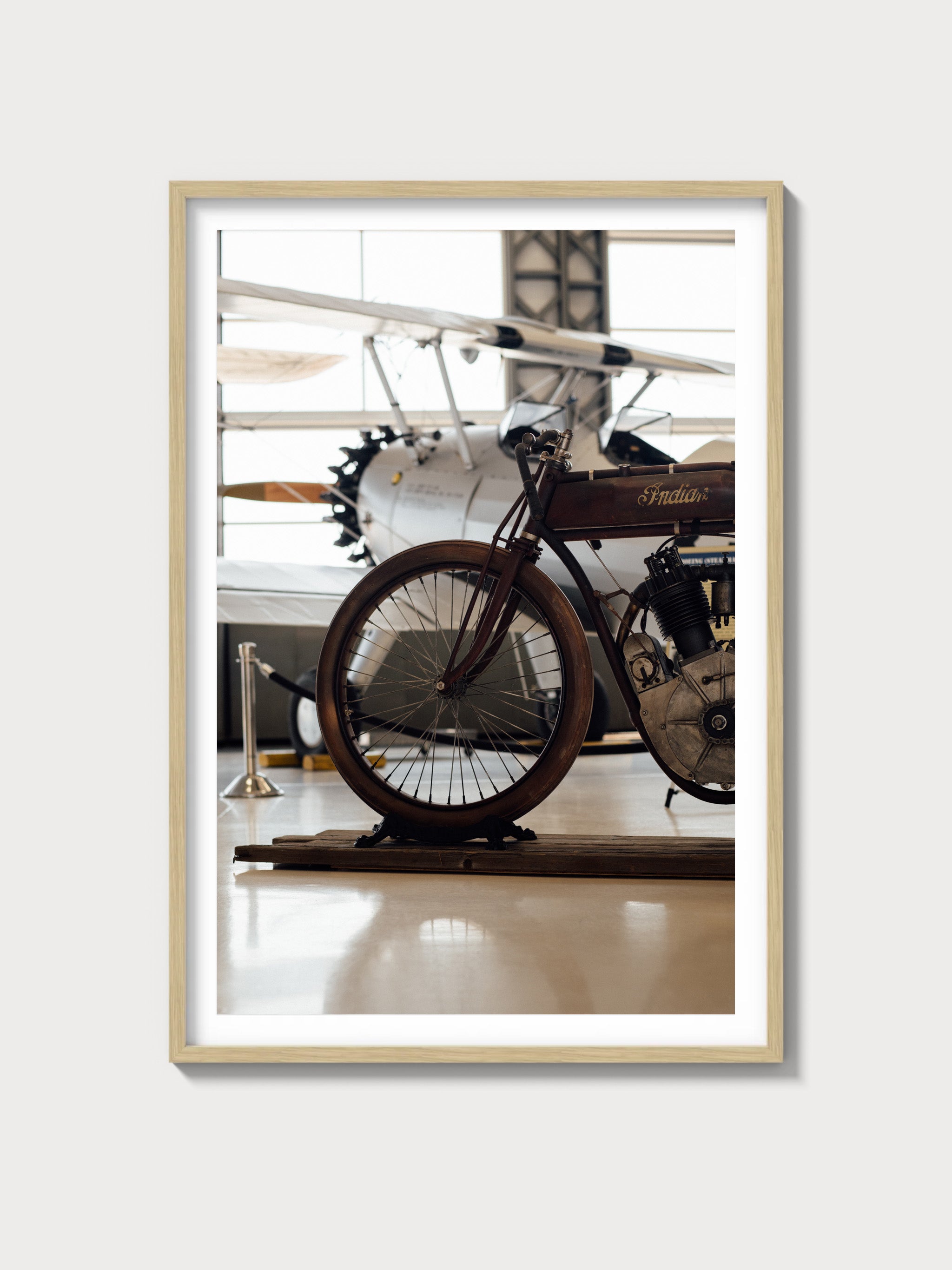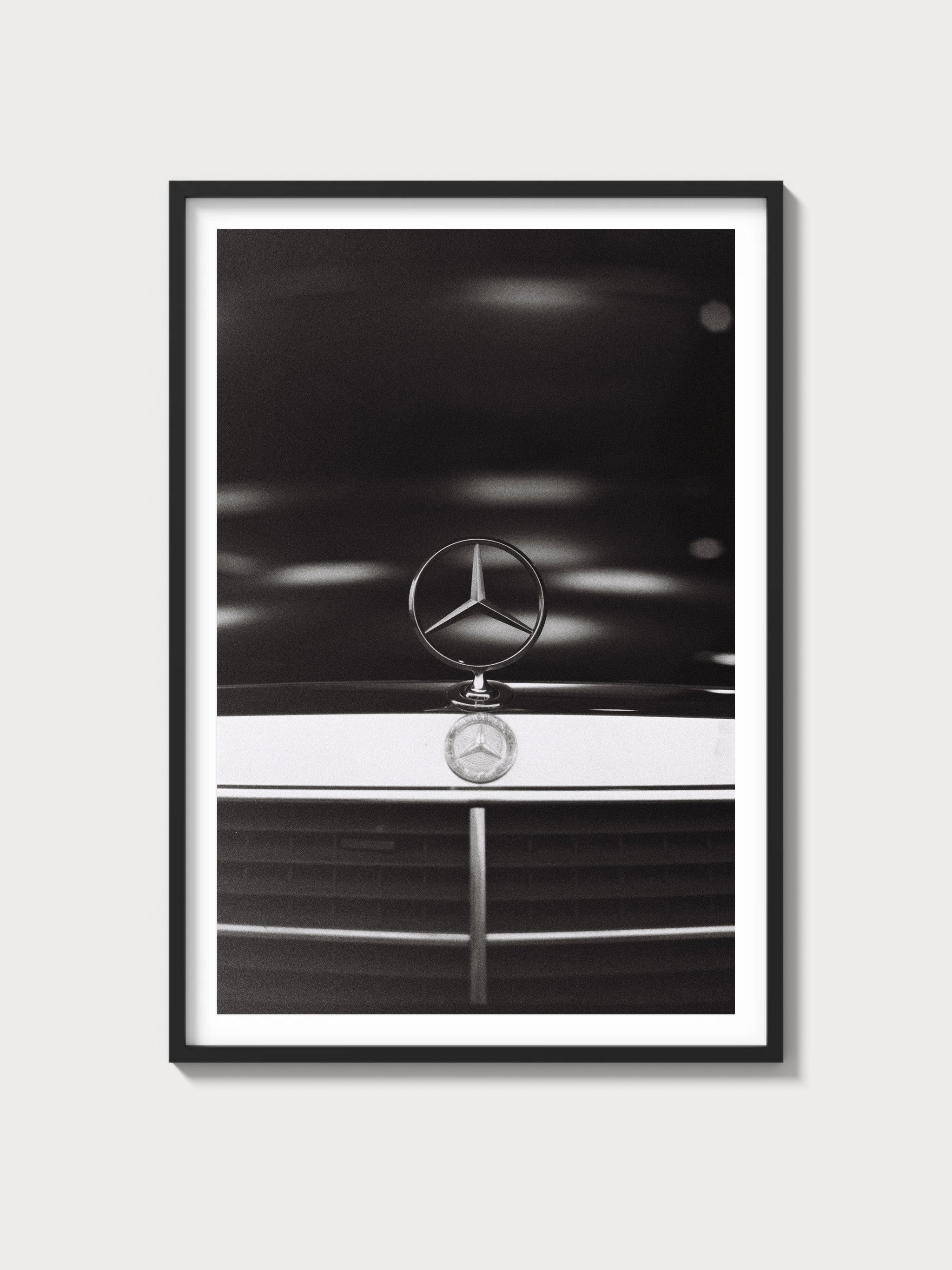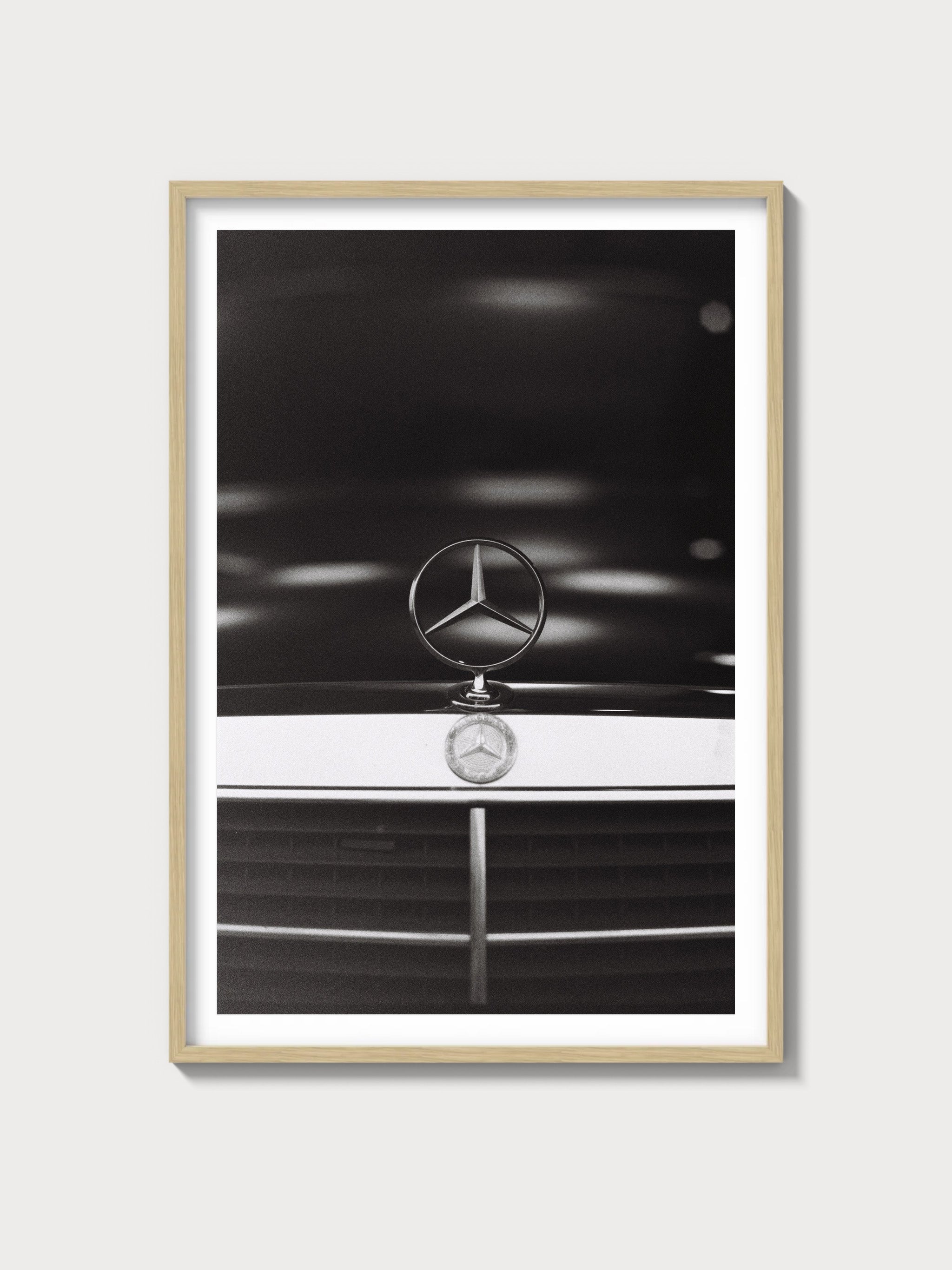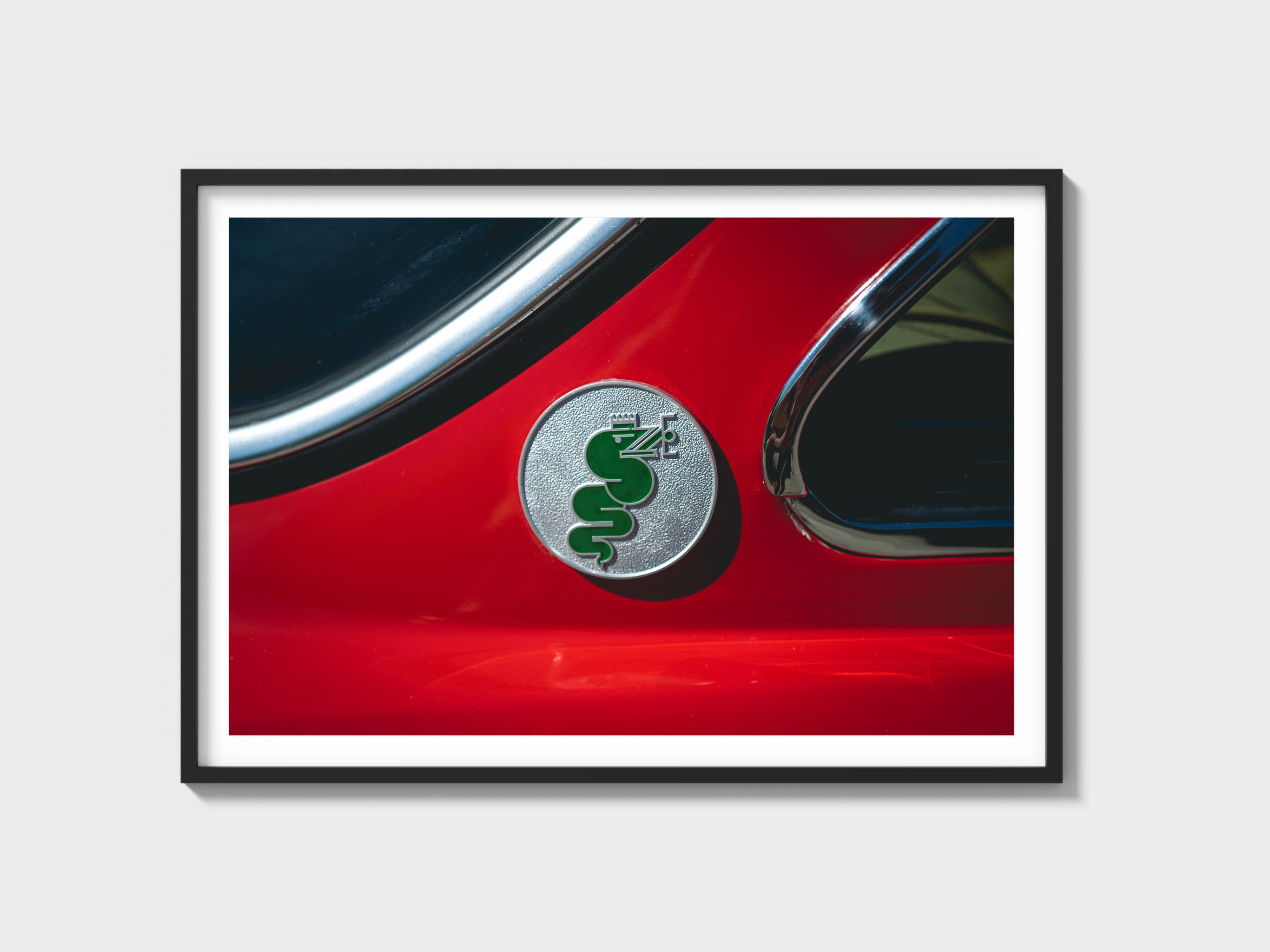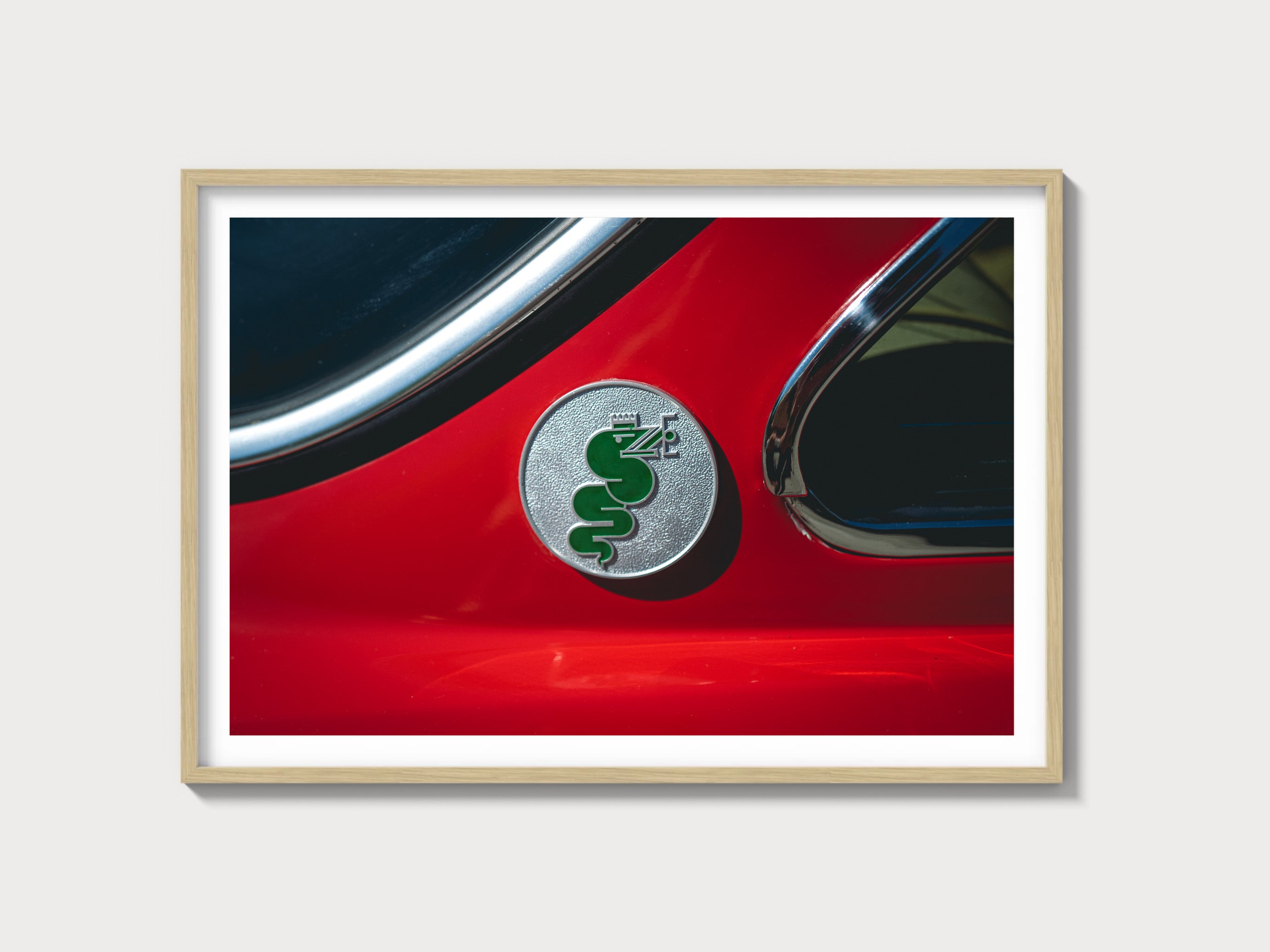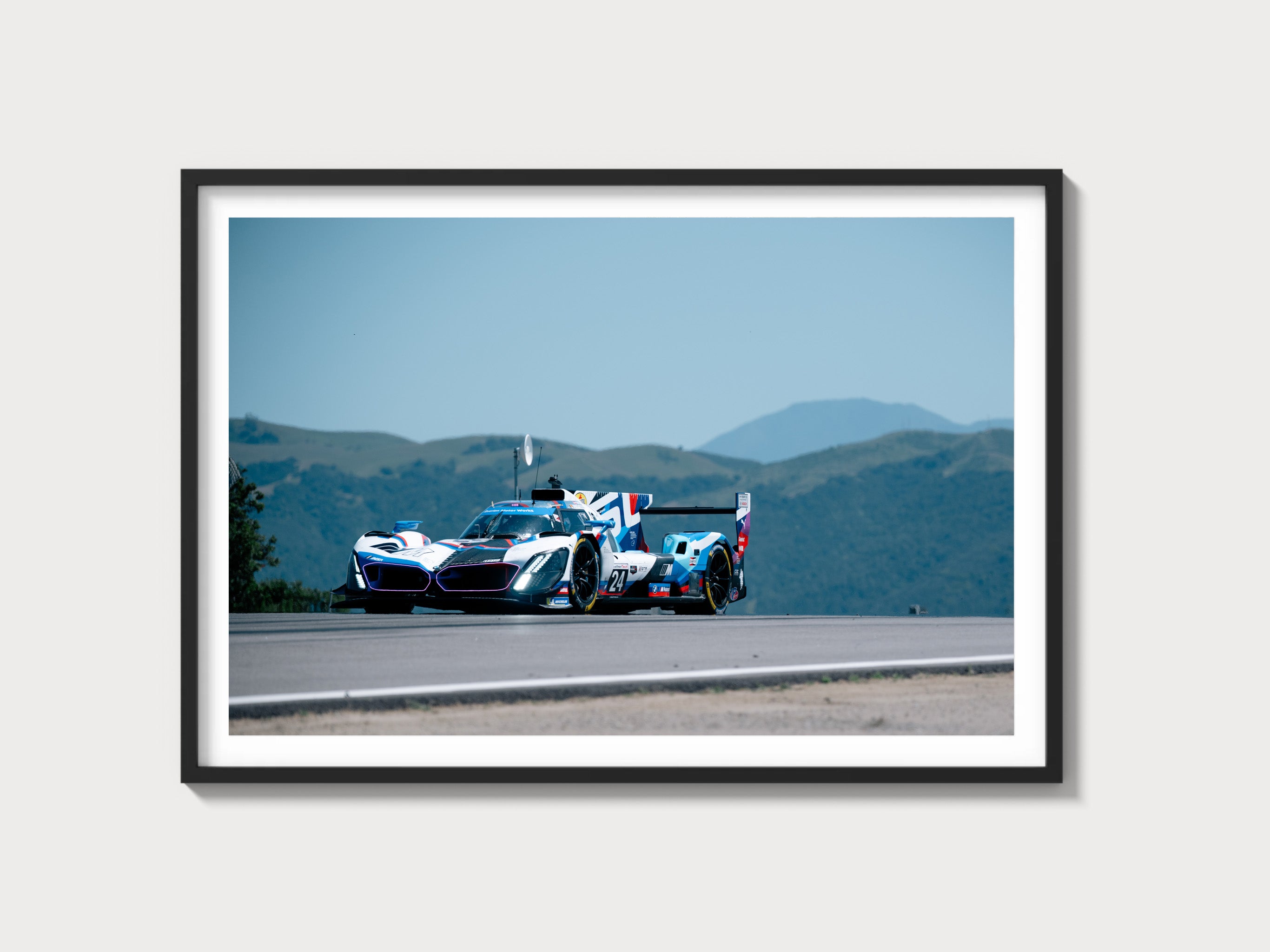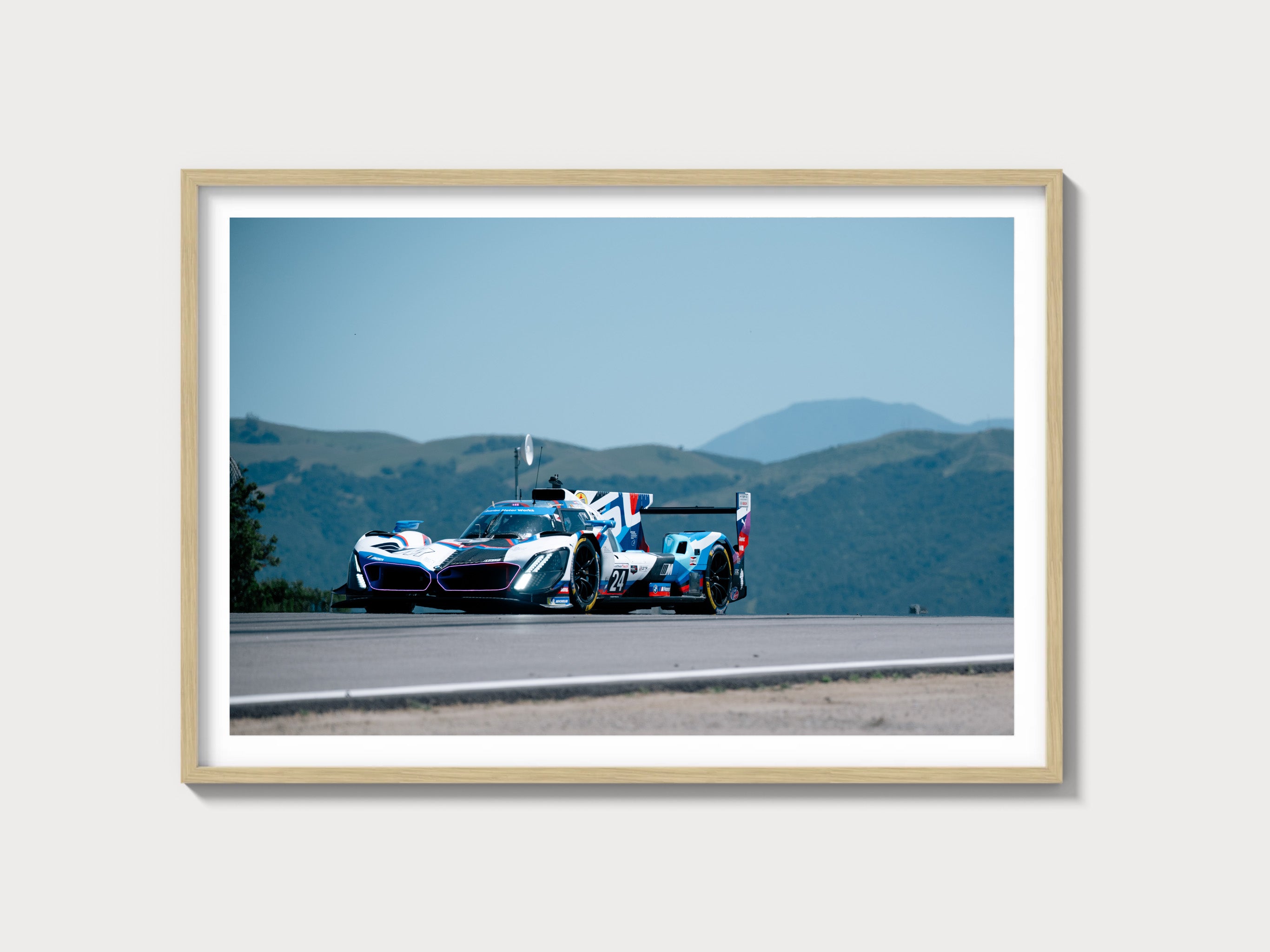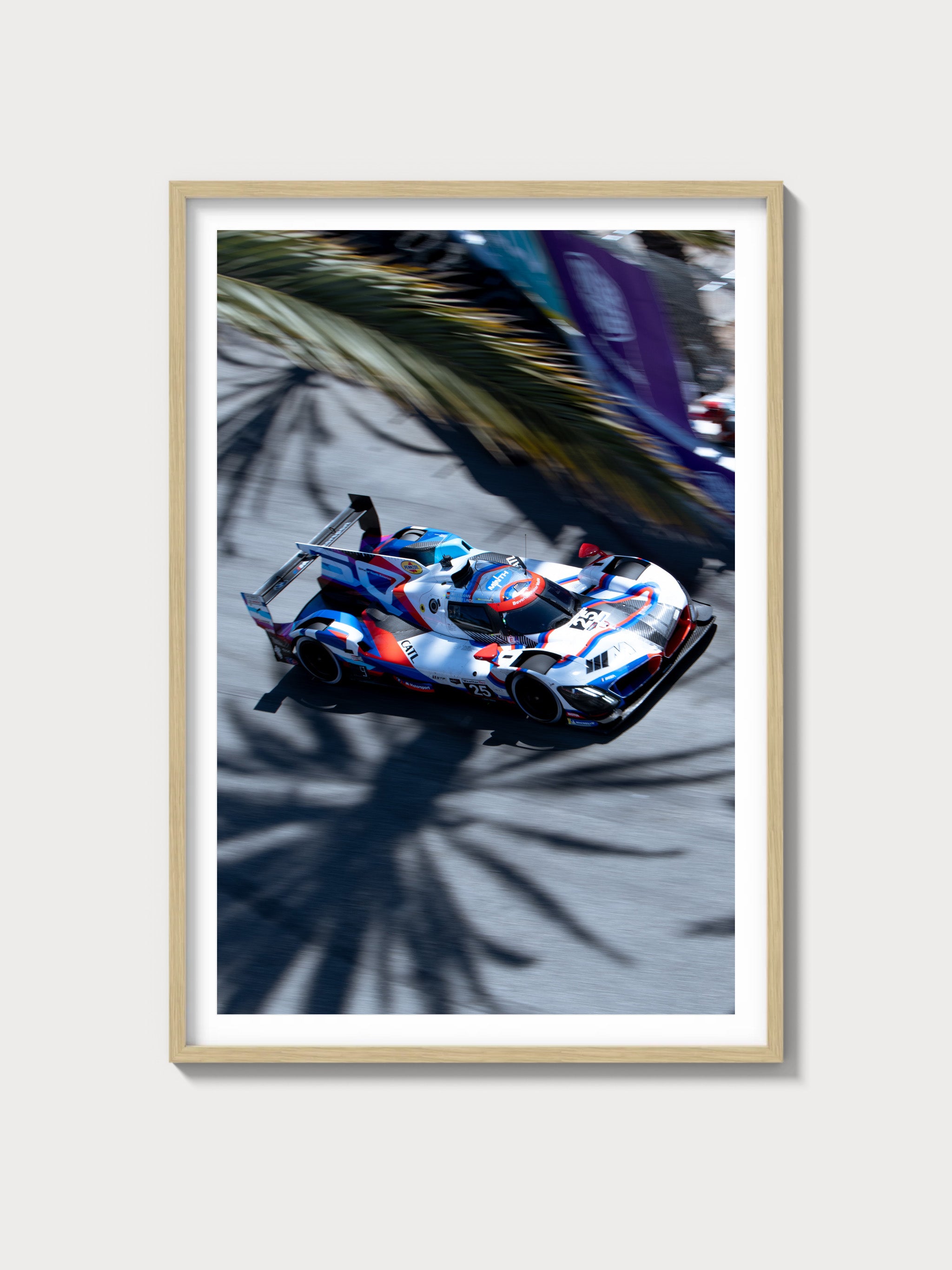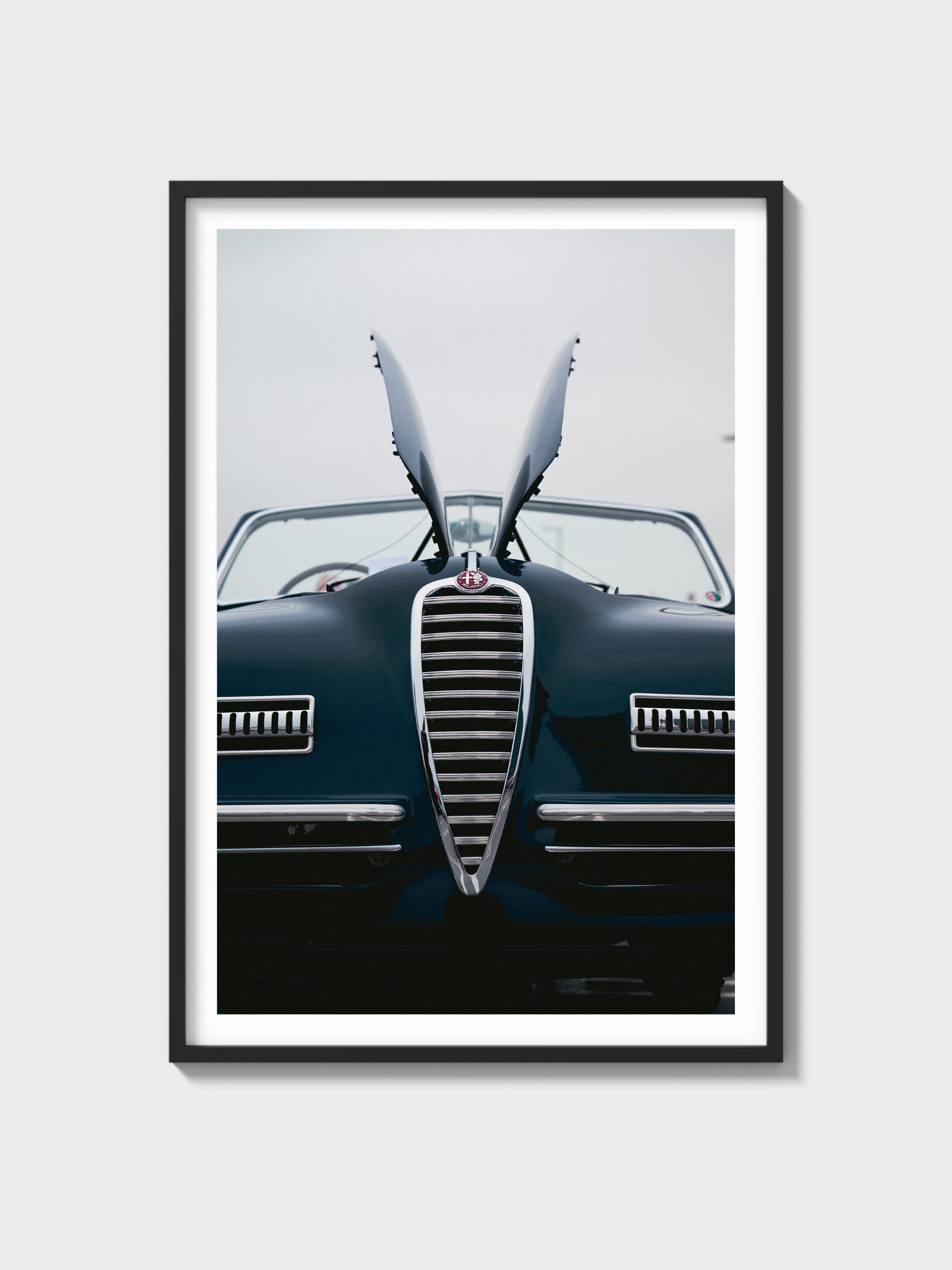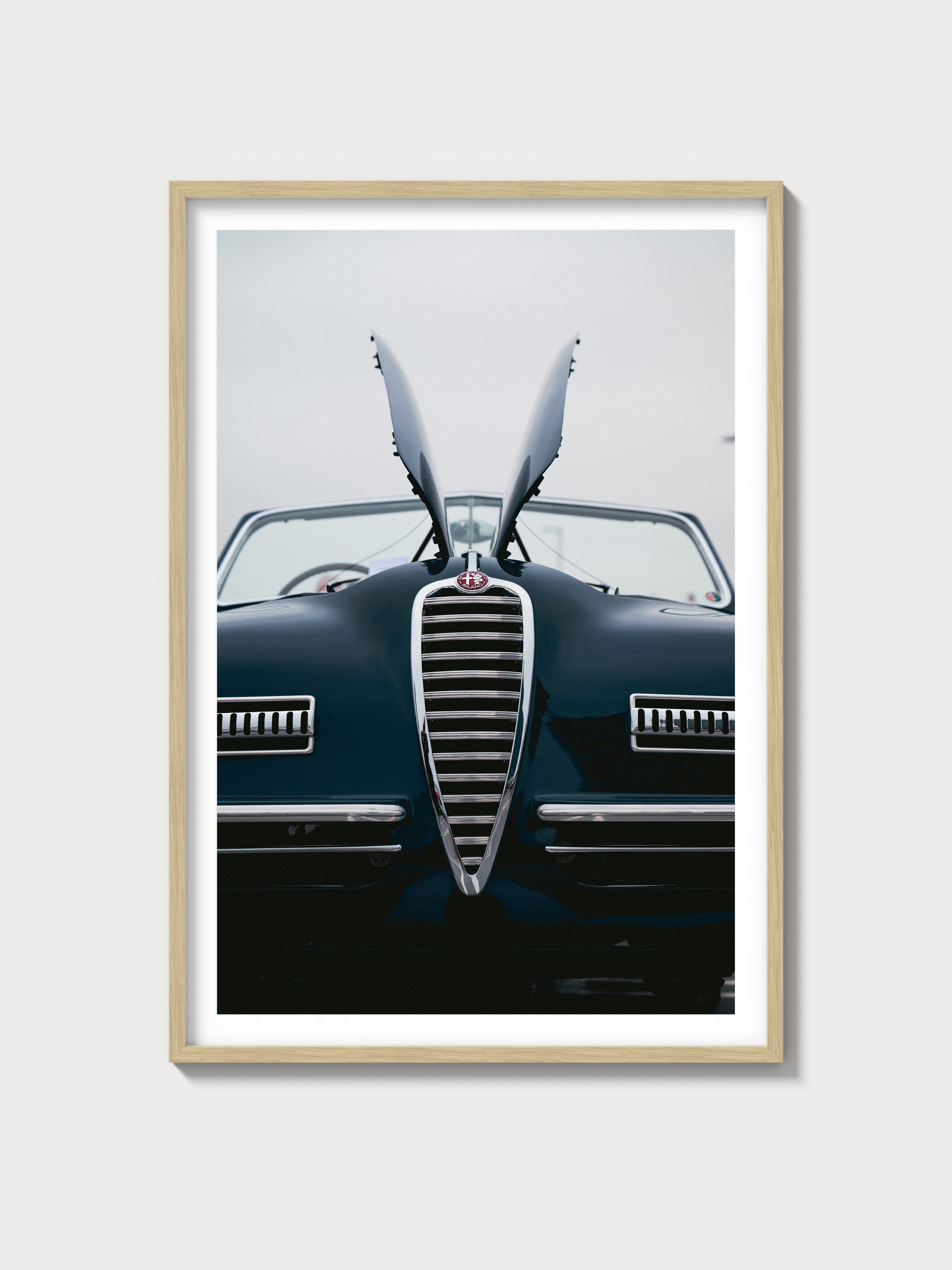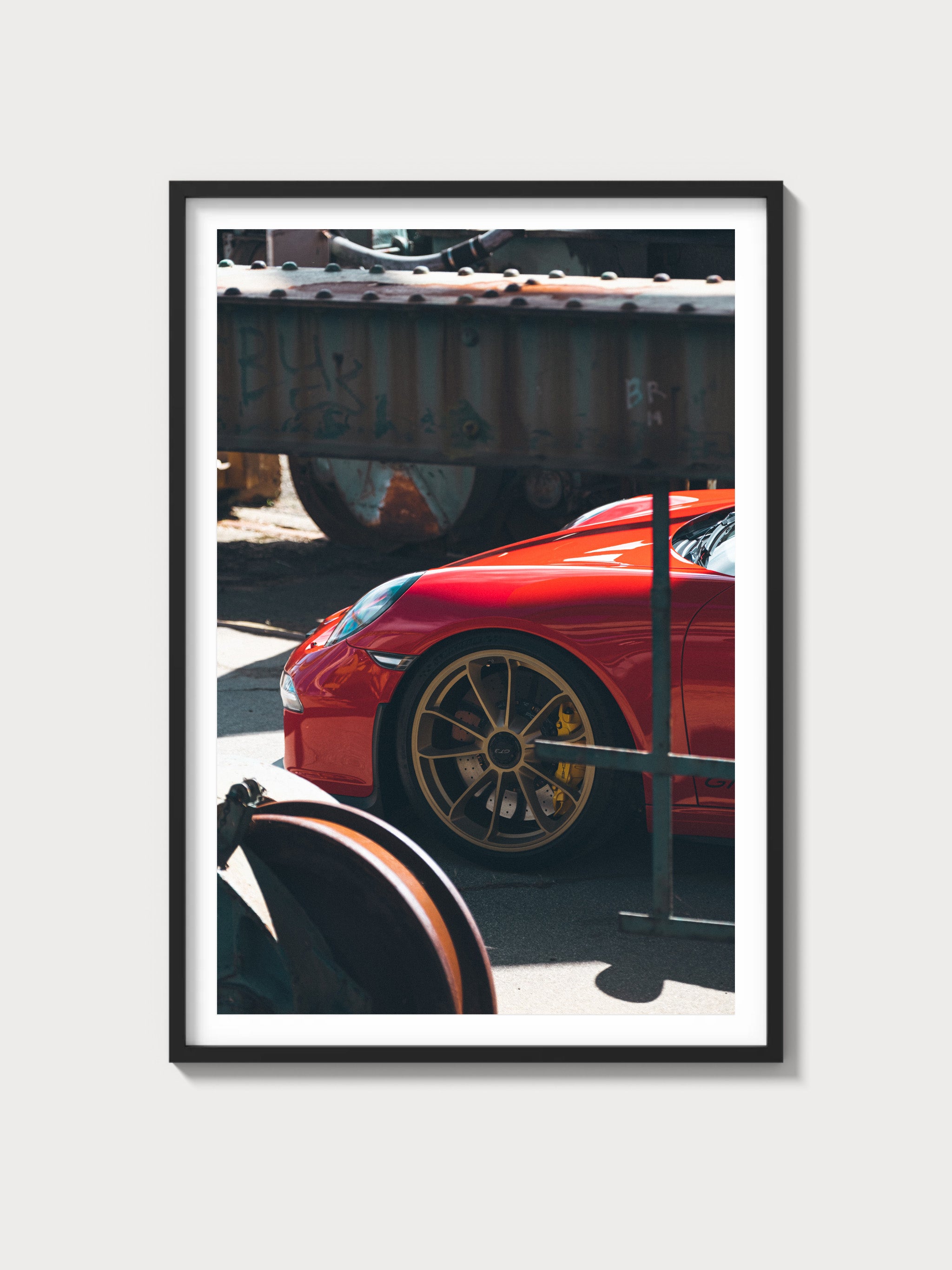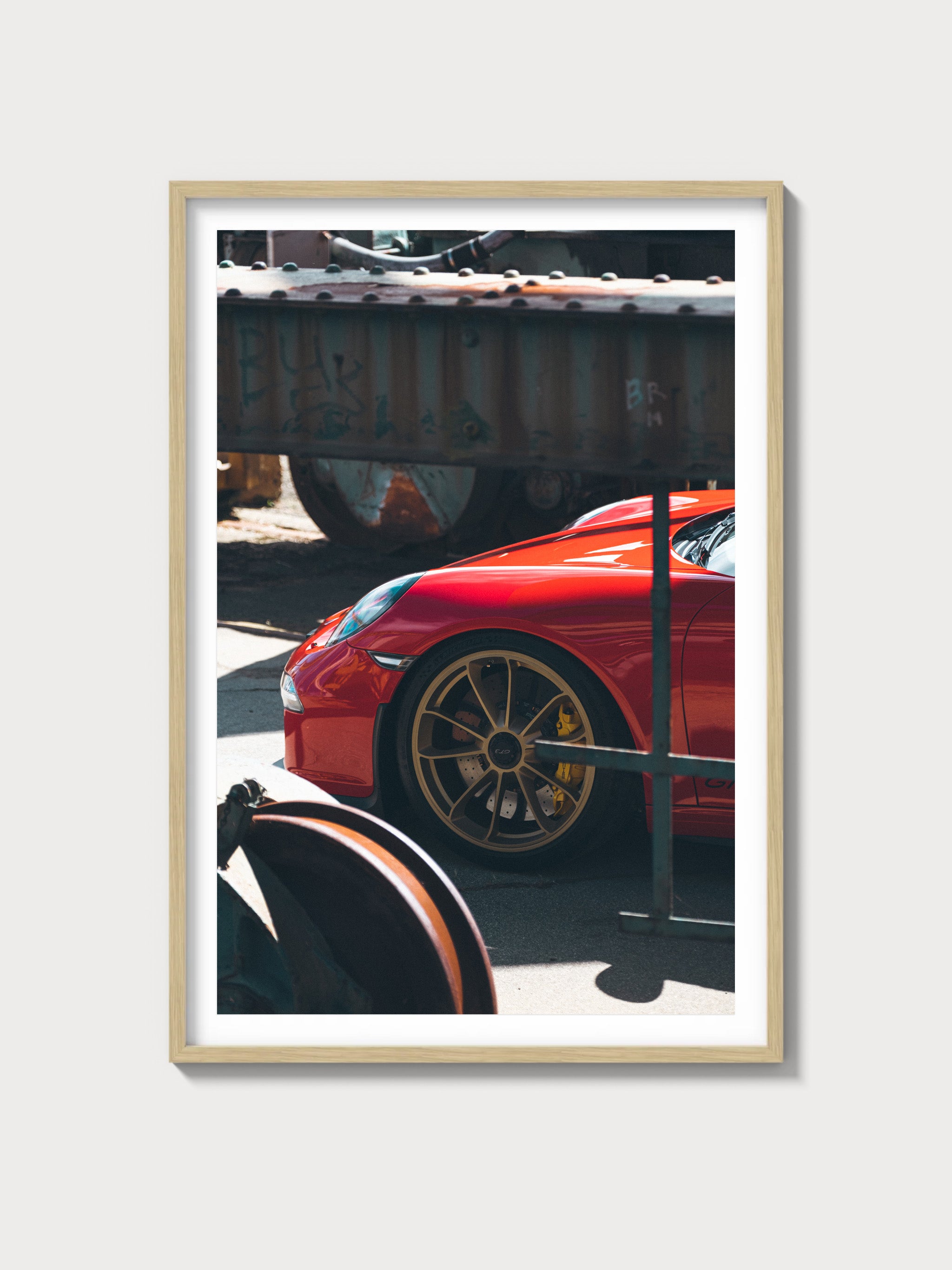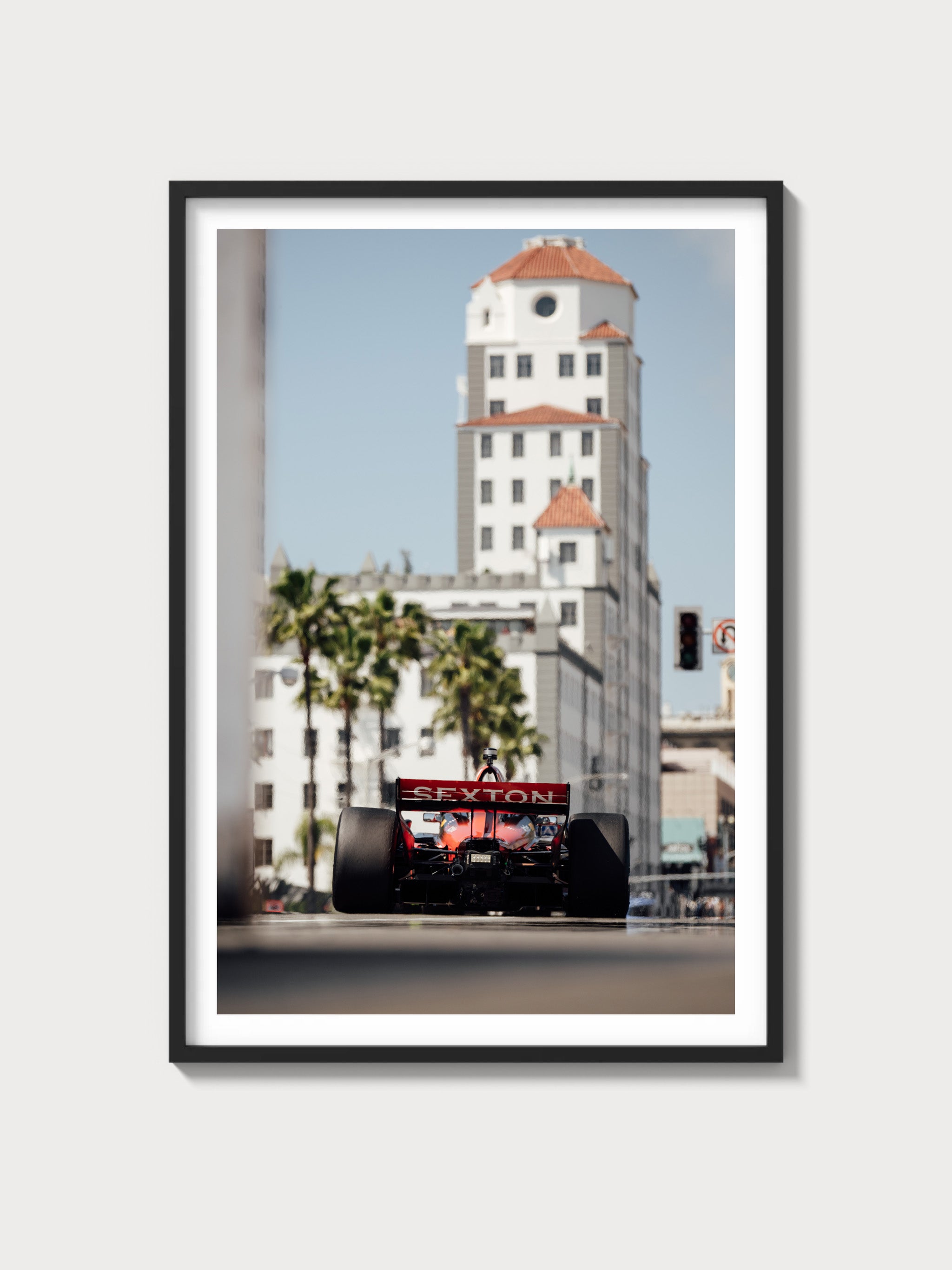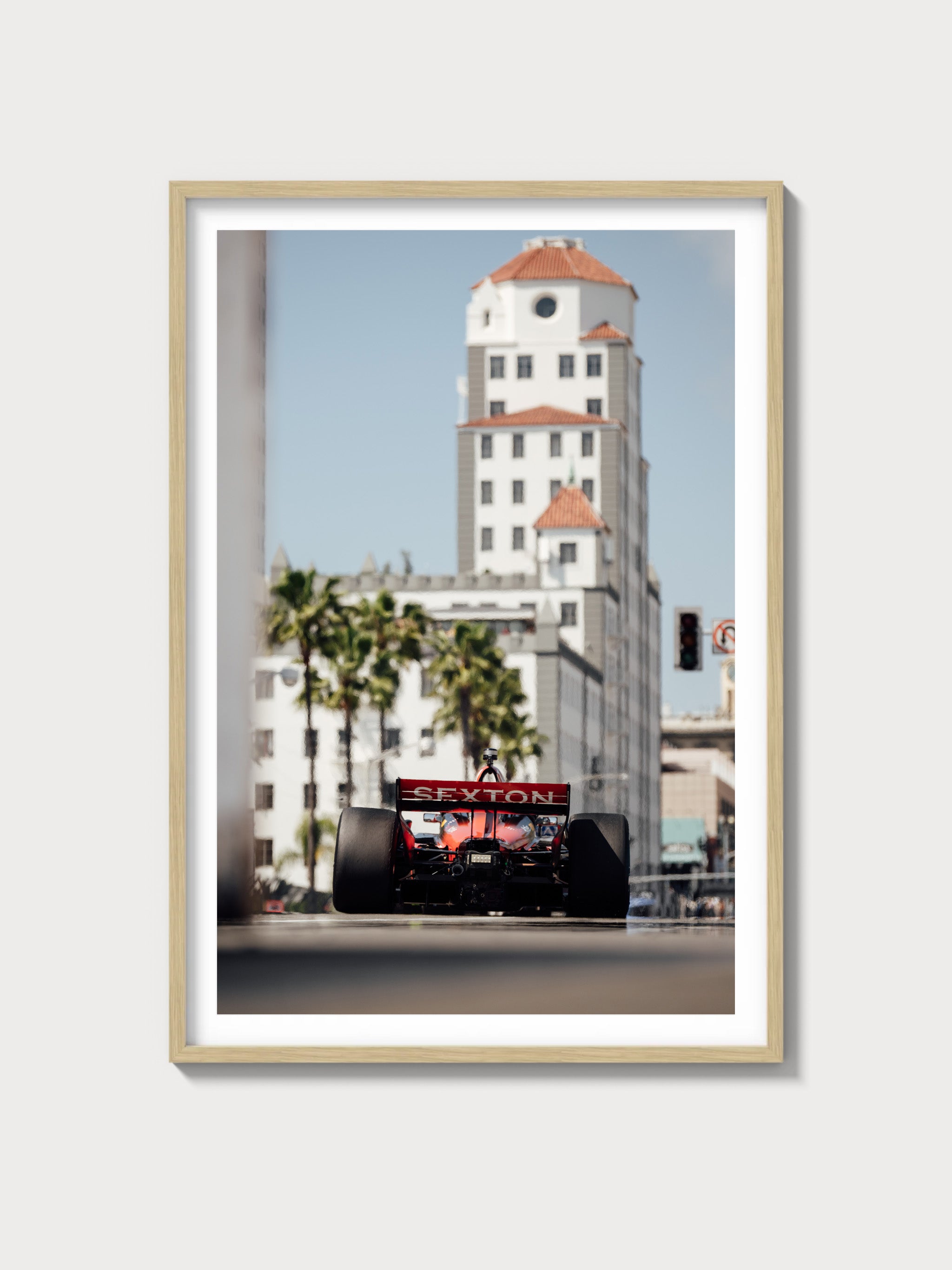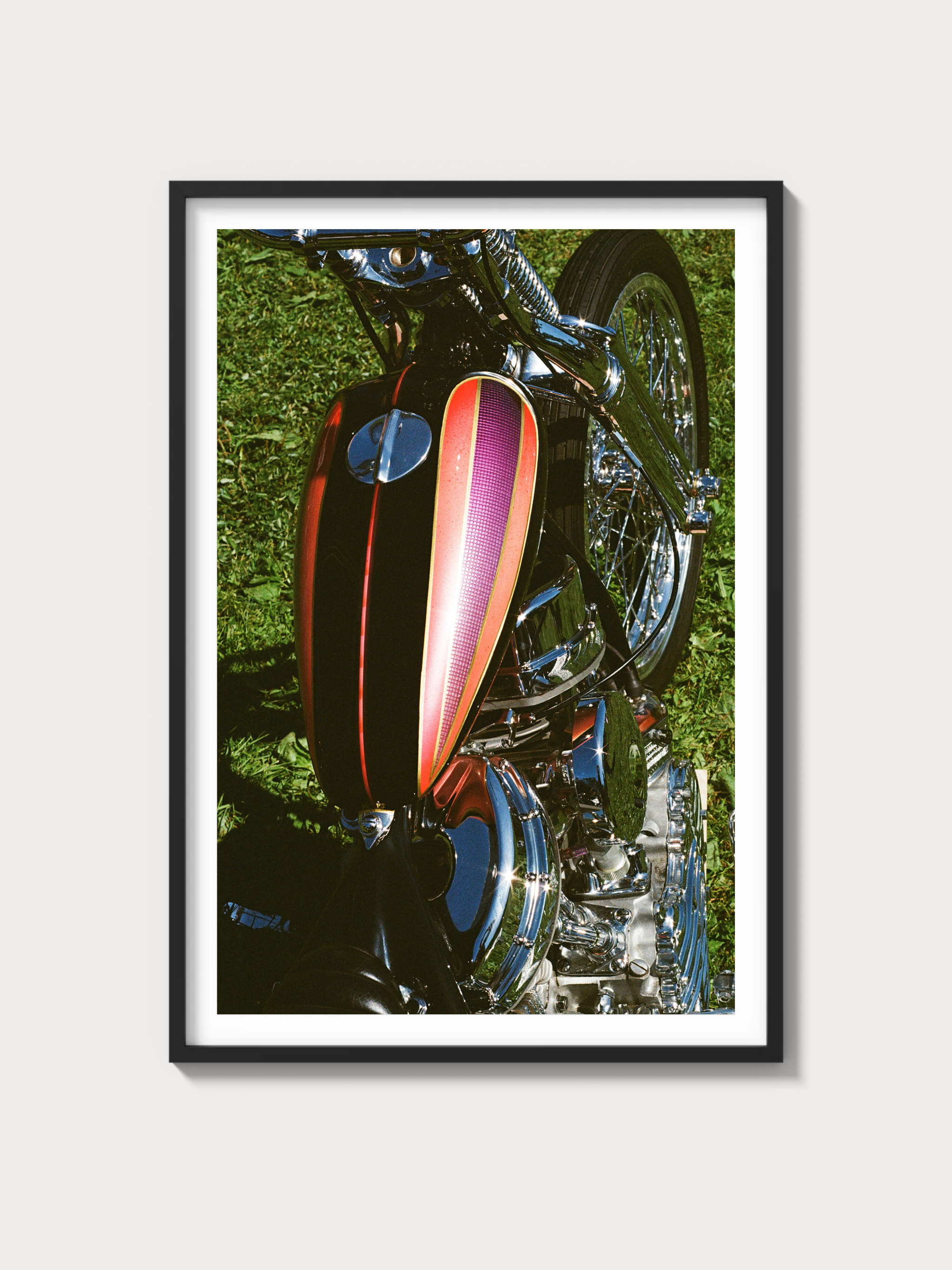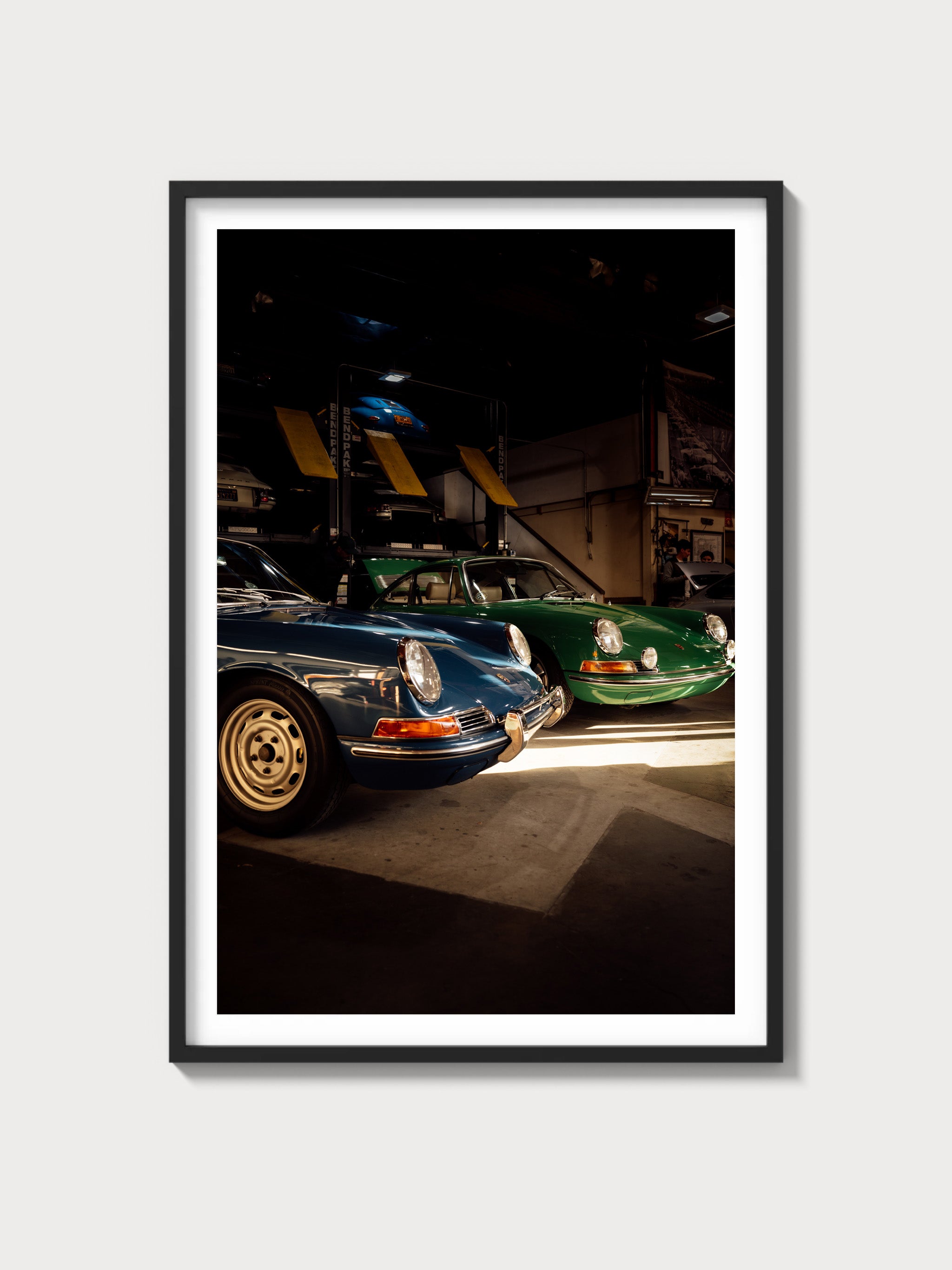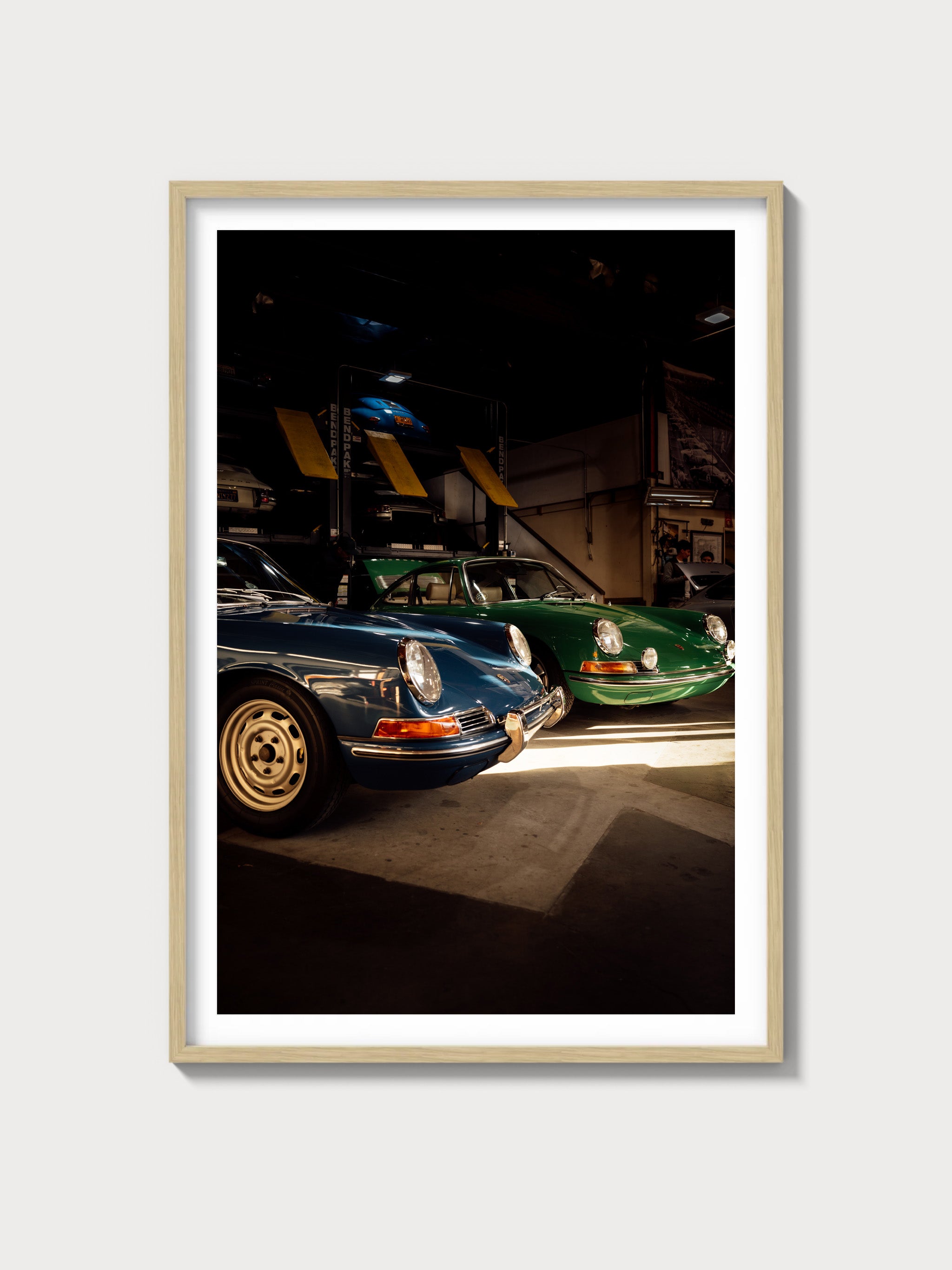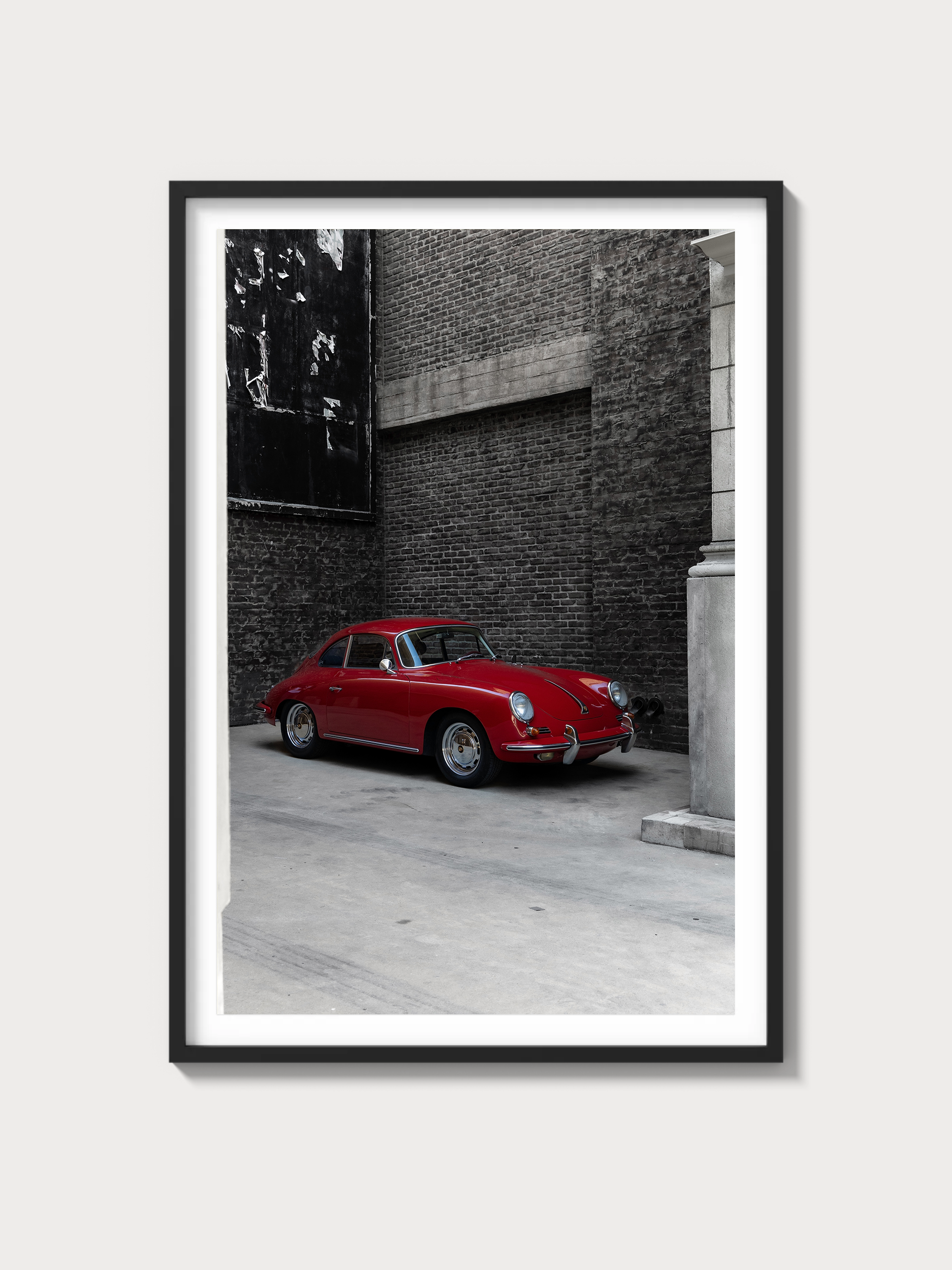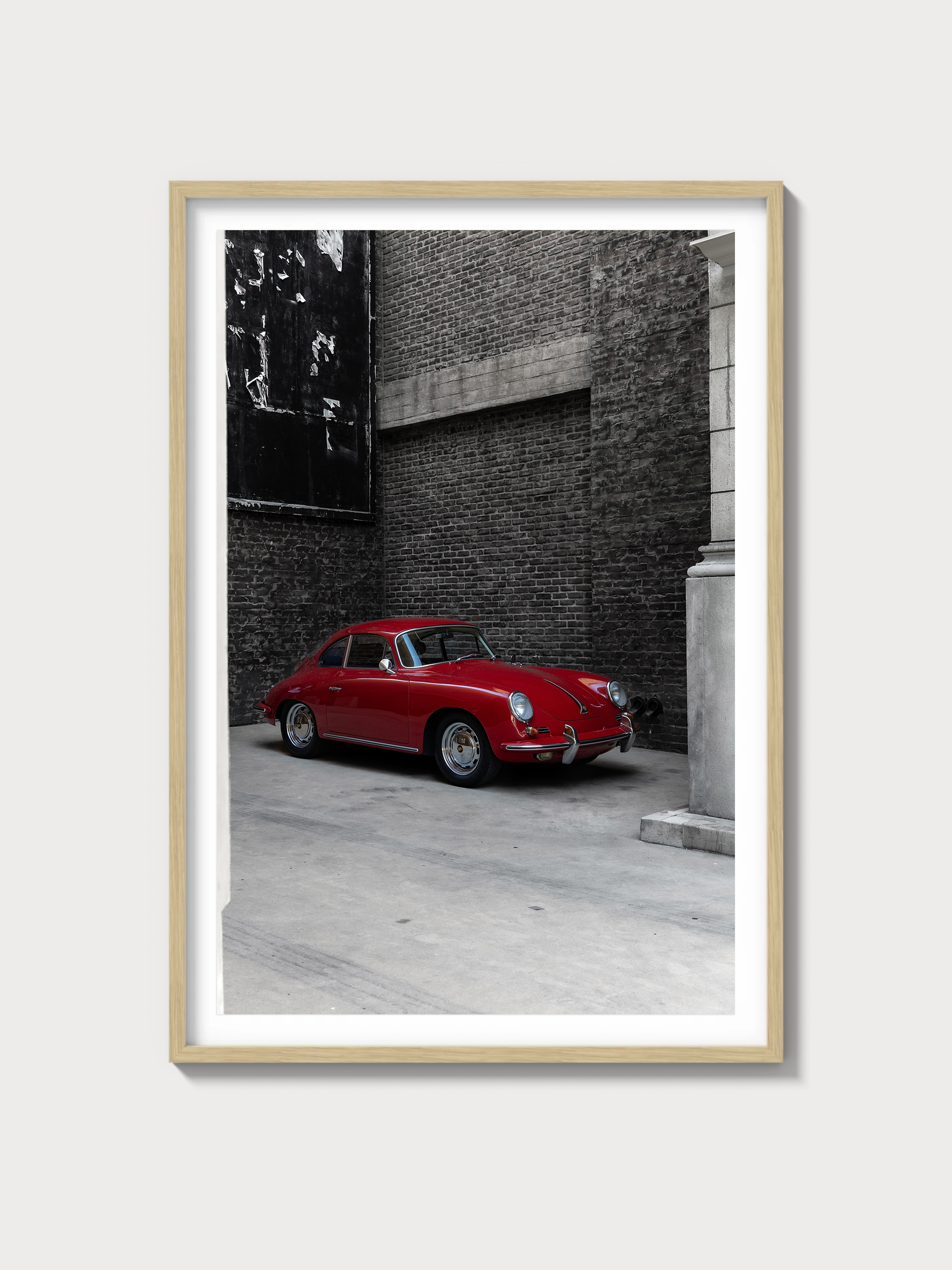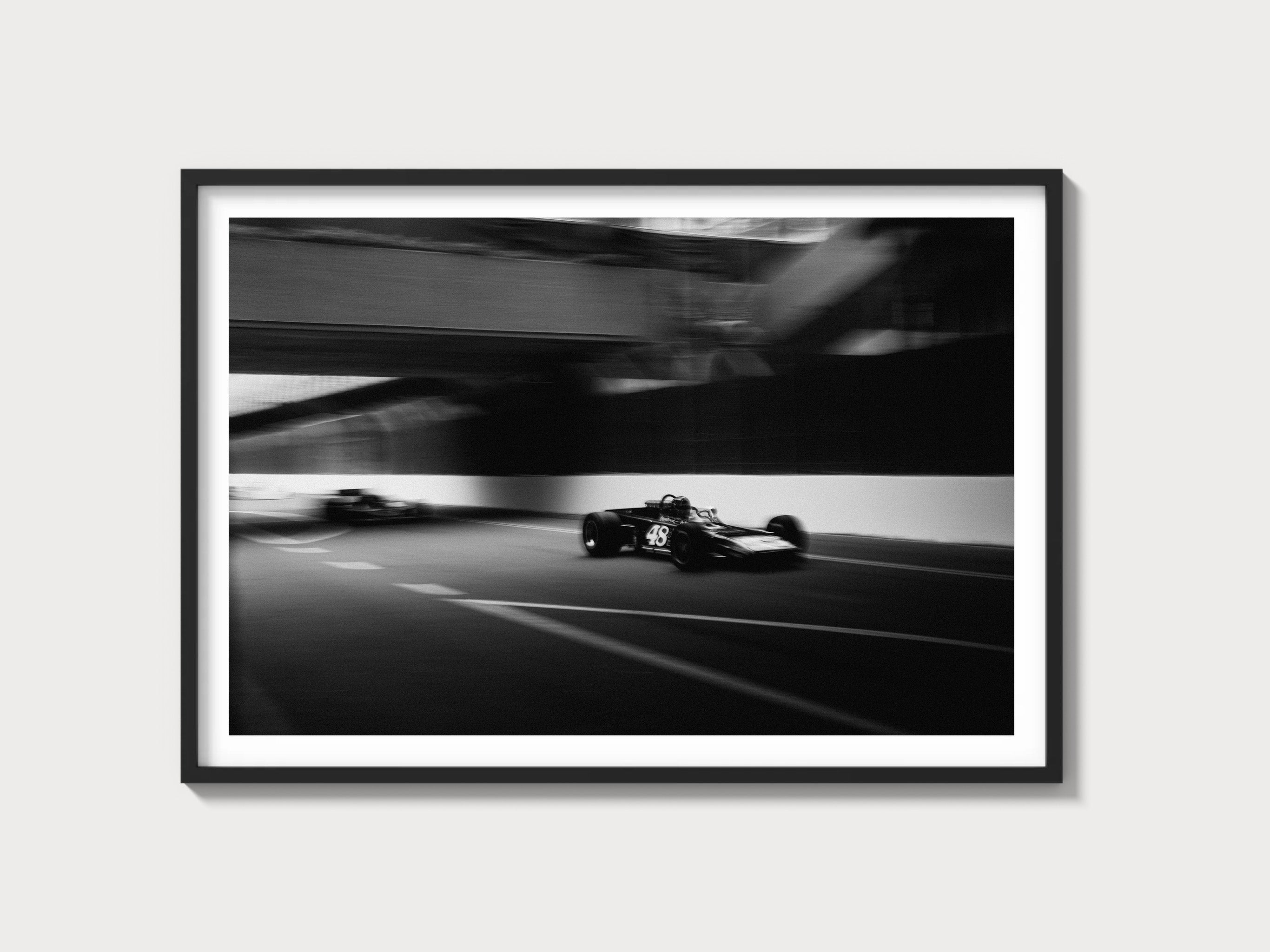Ferrari F40: The Definitive History, Specs, and Legacy
Introduction: Ferrari’s Ultimate Mid-Engine Masterpiece
In the storied lineage of Ferrari’s road cars, the F40, introduced in 1987, stands as an unparalleled icon—the marque’s ultimate mid-engine supercar and a tribute to Ferrari’s 40th anniversary. Powered by a 2.9-liter twin-turbo V8, this model saw 1,315 units crafted by Pininfarina, succeeding the 288 GTO. Designed as Enzo Ferrari’s final masterpiece, the F40 blended raw performance with a stripped-down, race-inspired ethos, redefining the supercar landscape.
The year 1987 marked a pinnacle for Ferrari, its racing triumphs—Testarossa, 328 GTB/GTS—complementing road car innovation. Unveiled on July 21, 1987, at Maranello to celebrate Ferrari’s 40 years, the F40 stunned with its radical design and ferocious power. This exhaustive history, penned with a Ferrari historian’s precision, explores its technical brilliance, its iconic styling, its racing DNA, and its monumental legacy.
Historical Context: Ferrari’s Anniversary Supercar
The Ferrari F40 emerged during a golden era for Maranello. By 1987, Ferrari’s racing pedigree—365 GT4 BB’s innovation, 288 GTO’s turbocharged leap—had solidified its stature, yet Enzo Ferrari sought a fitting capstone to his legacy as he neared his 90th year. The 288 GTO’s 272-unit run (1984-1987) had set a high bar with its twin-turbo V8, but its Group B origins left room for a pure road-going successor. The F40, with an uprated 2.9L engine and lightweight construction, answered, honoring Ferrari’s 40th anniversary while targeting enthusiasts and collectors, rivaling Porsche’s 959 and Lamborghini’s Countach.
A total of 1,315 units were built (1987-1992)—all Pininfarina coupes, far exceeding initial plans for 400 units due to demand. Chassis 74047, the prototype, debuted at Maranello in July 1987, its raw, purposeful form a testament to Enzo’s vision. This was a car for the elite—European racers, American tycoons—its production reflecting Ferrari’s prestige amid Italy’s late-1980s economic surge.
The broader context of 1987 shaped its creation. The supercar wars peaked—Porsche 959, Audi Quattro S1—while global markets embraced high-performance icons. The F40 bridged Ferrari’s racing heritage, rooted in the 250 GTO, with a road-going supercar that became a legend.
Technical Specifications: The Twin-Turbo V8’s Raw Power
The Ferrari F40’s heart was its 2.9-liter twin-turbo V8—a race-bred engine that redefined supercar performance. Below, we dissect its engineering with historian’s detail.
Engine: The 2.9-Liter Twin-Turbo V8
Displacing 2,936 cc (bore 82 mm, stroke 69.5 mm), the F40’s V8 was a longitudinal, all-aluminum unit with a 90-degree V-angle, featuring double overhead camshafts per bank, four valves per cylinder, and twin IHI turbochargers with Behr intercoolers. With an 8.0:1 compression ratio and Bosch Motronic 2.5 fuel injection, it produced 478 horsepower at 7,000 rpm—a 78 hp leap over the 288 GTO’s 400 hp. Weighing 310 lbs, it delivered 425 lb-ft of torque at 4,500 rpm with 1.1 bar of boost.
This engine was a supercar beast. Chassis 76321, a 1988 model, showcased its raw, explosive power, blending race-ready intensity with road legality.
Performance: Unmatched Speed
The F40 reached 201 mph (324 km/h)—verified by Autocar’s 1988 test—outpacing the 288 GTO’s 189 mph, with a 0-60 mph time of ~4.2 seconds. Its power-to-weight ratio (435 hp/ton) surpassed the 288 GTO (345 hp/ton), leveraging its lightweight design and turbocharged might.
Chassis and Suspension: Race-Inspired Precision
The chassis was a tubular steel spaceframe with carbon-fiber and Kevlar reinforcements, weighing 1,100 kg (2,425 lbs)—60 kg lighter than the 288 GTO due to extensive composites. Its 2,450 mm wheelbase matched its predecessor, with fully independent suspension—double wishbones with coil springs front and rear—offering razor-sharp handling with minimal comfort concessions.
Transmission and Brakes: Brutal Control
A 5-speed manual gearbox—synchronized, mid-mounted—drove the rear wheels, its ratios (1st: 2.92, 5th: 0.94) favoring acceleration. Braking relied on 14-inch ventilated disc brakes with no ABS, delivering 1.2g deceleration—exceptional for its raw setup.
| Specification | Details |
|---|---|
| Engine | 2.9L Twin-Turbo V8, 478 hp @ 7,000 rpm |
| Displacement | 2,936 cc (82 mm x 69.5 mm) |
| Top Speed | ~201 mph (324 km/h) |
| 0-60 mph | ~4.2 seconds |
| Weight | 1,100 kg (2,425 lbs) |
| Transmission | 5-speed manual, mid-engine |
| Suspension (Front) | Double wishbone, coil springs |
| Suspension (Rear) | Double wishbone, coil springs |
| Brakes | Ventilated discs, 14-inch |
Design and Styling: Pininfarina’s Raw Artistry
The Ferrari F40’s aesthetic was a Pininfarina triumph, crafted by Scaglietti.
Exterior: Spartan Supercar Form
Pininfarina built all 1,315 units—chassis 74047 featured a low nose, aggressive vents, and a massive rear wing, finished in Rosso Corsa. Its 2,450 mm wheelbase and composite body (carbon fiber, Kevlar, aluminum) offered a raw, functional profile, with no concessions to luxury, contrasting the Testarossa’s bold strakes.
Interior: Race-Bred Minimalism
The cabin was a spartan cockpit: cloth bucket seats, a gated shifter, and Veglia gauges—tachometer (10,000 rpm redline), speedometer, boost gauge. Chassis 76321’s interior, with exposed composites and no carpeting, prioritized performance over comfort, echoing the 288 GTO.
Production and Variants: A Limited Legend
The Ferrari F40’s 1,315-unit run (1987-1992) exceeded initial plans—all Pininfarina coupes, with no major variants beyond trim (e.g., non-catalyst versions). Chassis 74047 launched the series, while 96907 closed it, transitioning to the F50. Its road focus prevailed—no racing versions were officially produced.
Performance and Racing Legacy: A Road-Racing Hybrid
The Ferrari F40 racing history was limited, its road focus primary. Chassis 76789, modified for track use, inspired the F40 LM variants (19 built by Michelotto), which raced in IMSA and Le Mans, achieving class wins. Its true realm was the road—Autostrada, canyon runs—where its 201 mph top speed and brutal handling reigned.
Ownership and Market Value: A Supercar Pinnacle
The Ferrari F40 value reflects its legendary status. Early owners included Nick Mason (76321) and Middle Eastern royalty. Today, prices range $1.8-$3 million—chassis 74047 sold for $2.5 million at RM Sotheby’s 2023. Restoration costs—V8 rebuilds at $150,000—underscore its elite appeal.
Cultural Impact: Ferrari’s Ultimate Icon
The F40 cemented Ferrari’s supercar legacy, its twin-turbo V8 and raw design influencing the F50. In automotive lore, it’s the car of uncompromised performance and Enzo’s final vision, a timeless symbol of Ferrari’s greatness.
Comparisons: Ferrari F40 vs Rivals
The Ferrari F40 vs Porsche 959 pits 478 hp twin-turbo V8 against 444 hp twin-turbo flat-6—F40 led in rawness, 959 in technology. The Lamborghini Countach (455 hp) trailed in agility but matched in drama.
| Model | Engine | Power | Weight | Top Speed |
|---|---|---|---|---|
| Ferrari F40 | 2.9L Twin-Turbo V8 | 478 hp | 1,100 kg | ~201 mph |
| Porsche 959 | 2.8L Twin-Turbo Flat-6 | 444 hp | 1,450 kg | ~195 mph |
| Lamborghini Countach | 5.2L V12 | 455 hp | 1,490 kg | ~183 mph |
Frequently Asked Questions
What was the Ferrari F40?
A 1987 2.9L twin-turbo V8 mid-engine supercar.
How many were made?
1,315 units.
What engine powered it?
2,936 cc twin-turbo V8, 478 hp.
Did it race?
Limited—road-focused, with LM variants.
What’s its value?
$1.8-$3 million.

